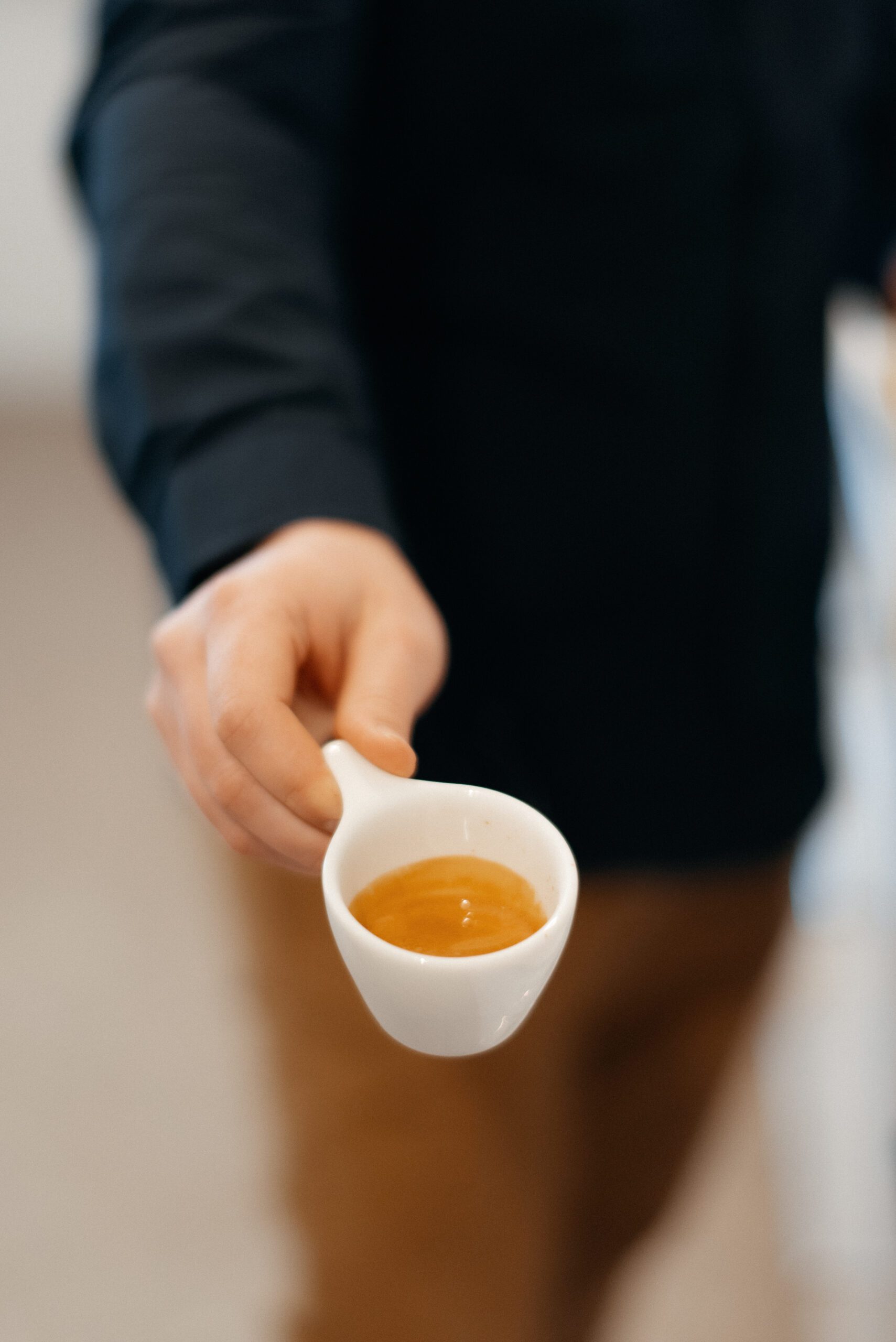
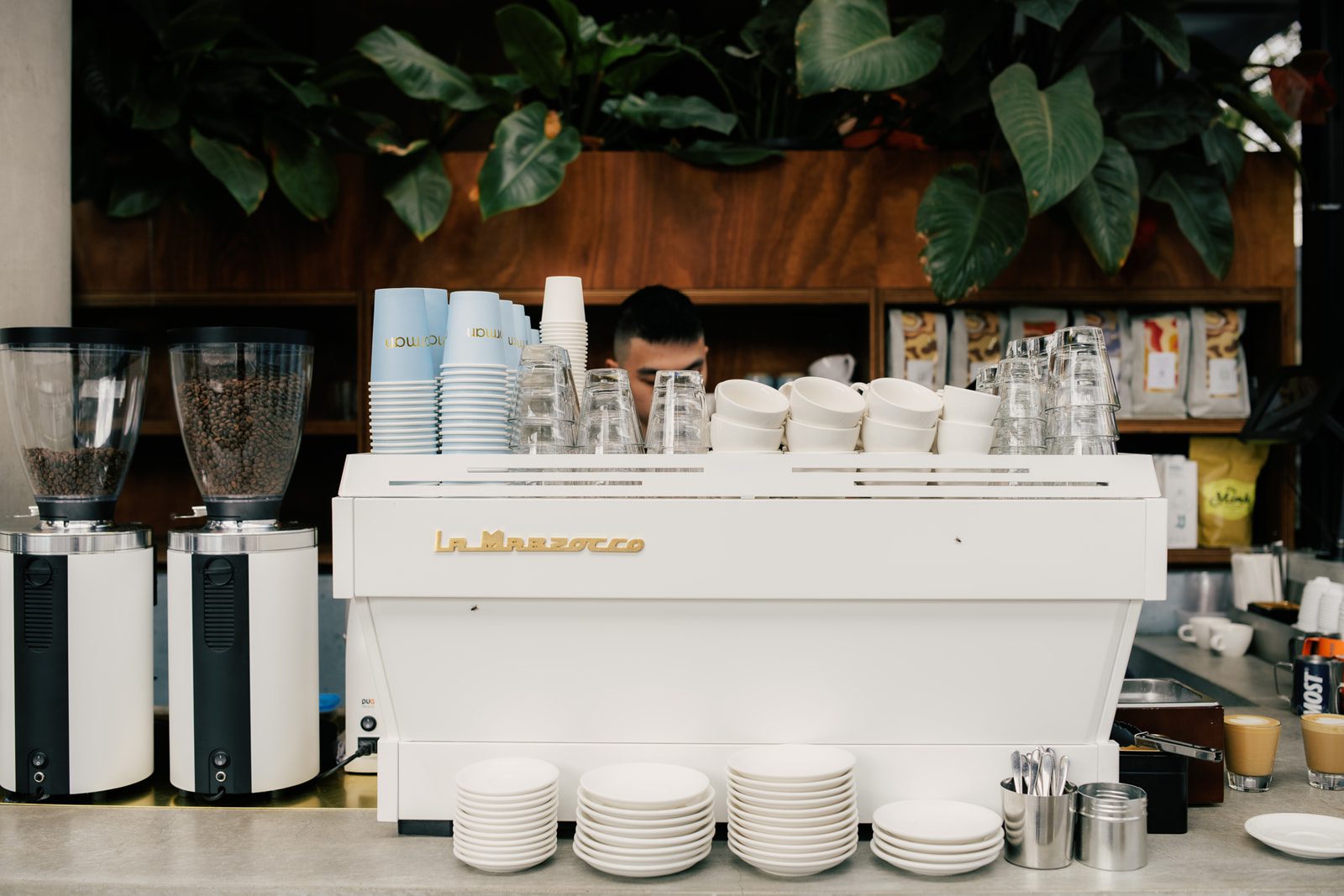
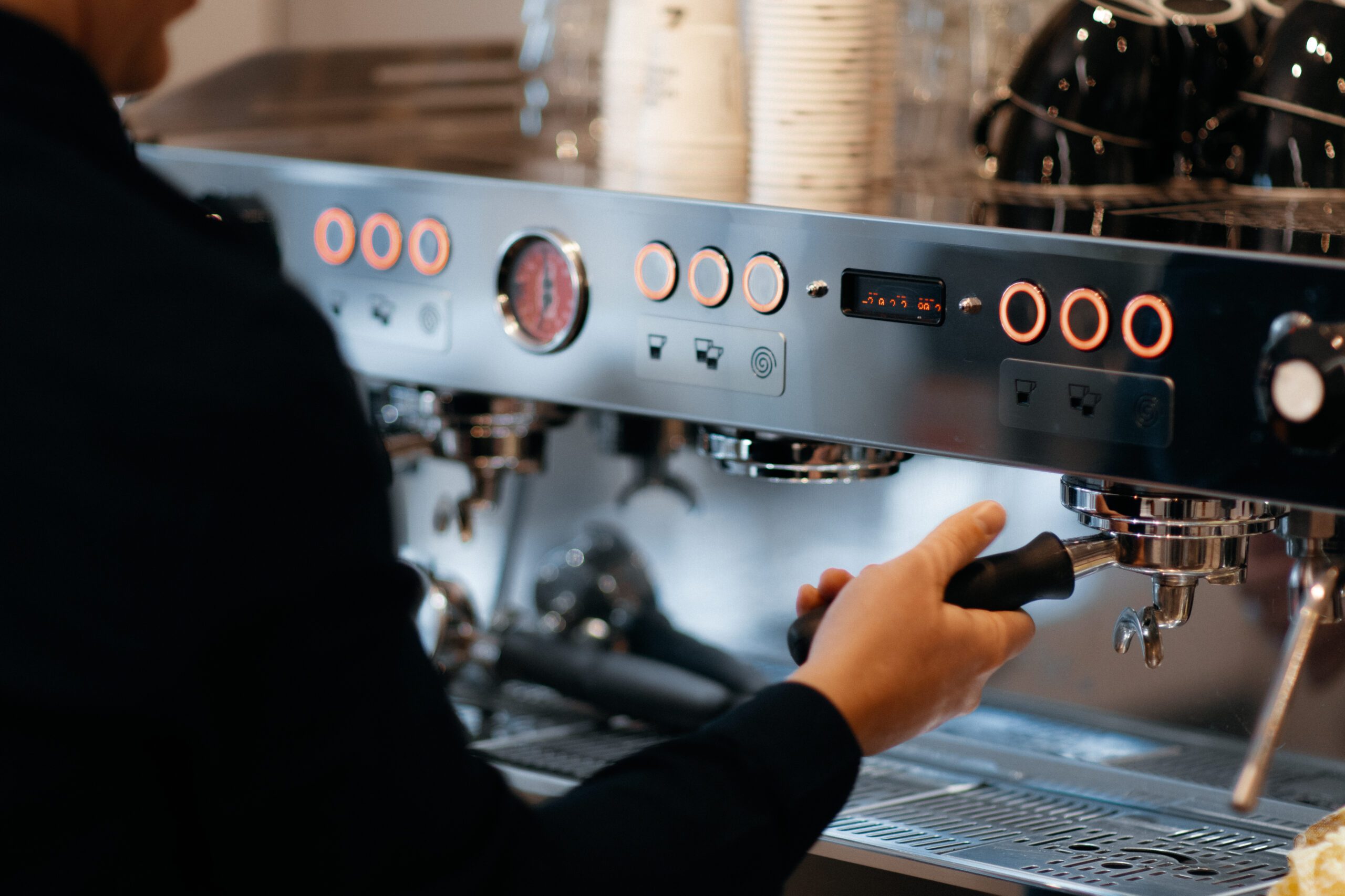

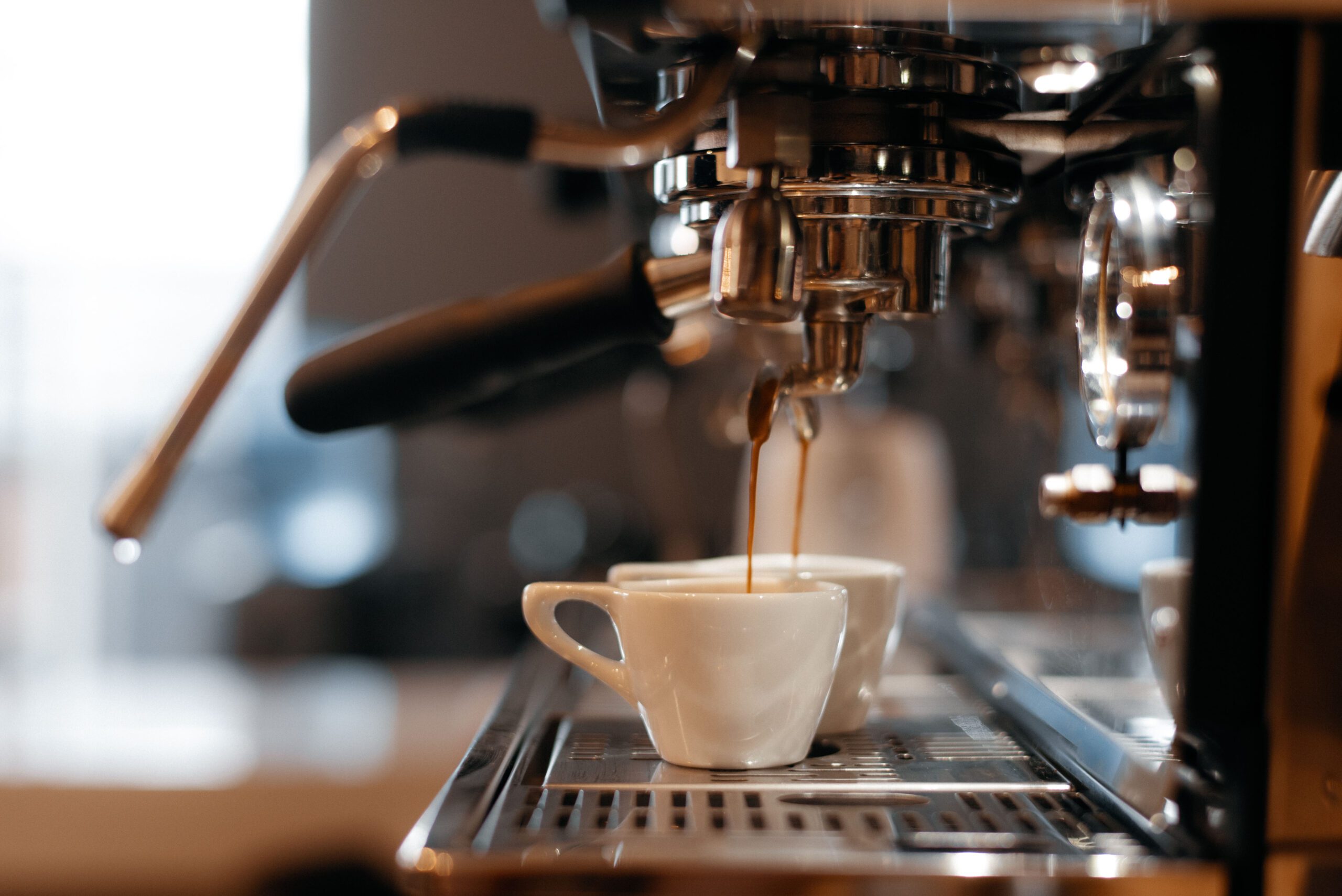

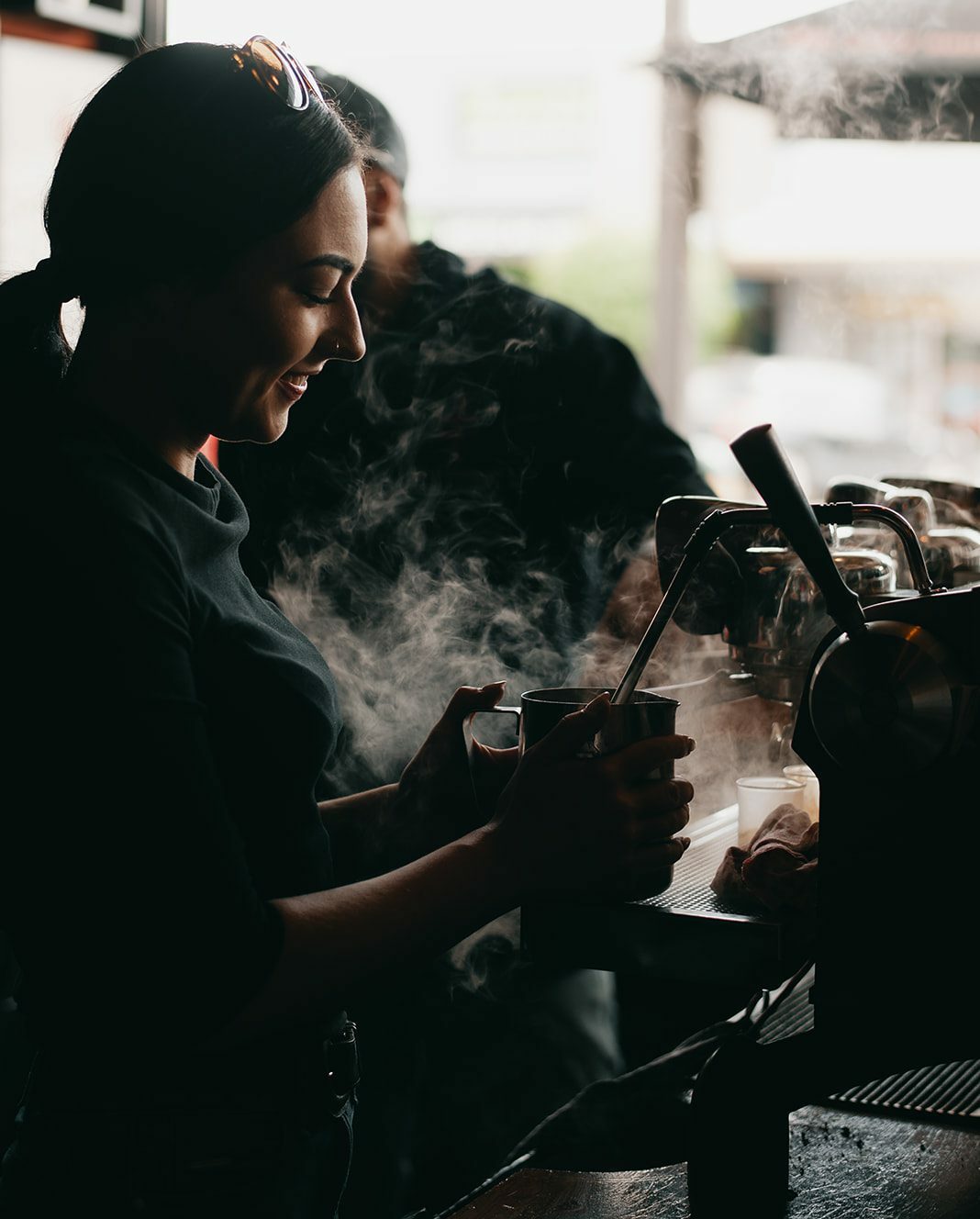
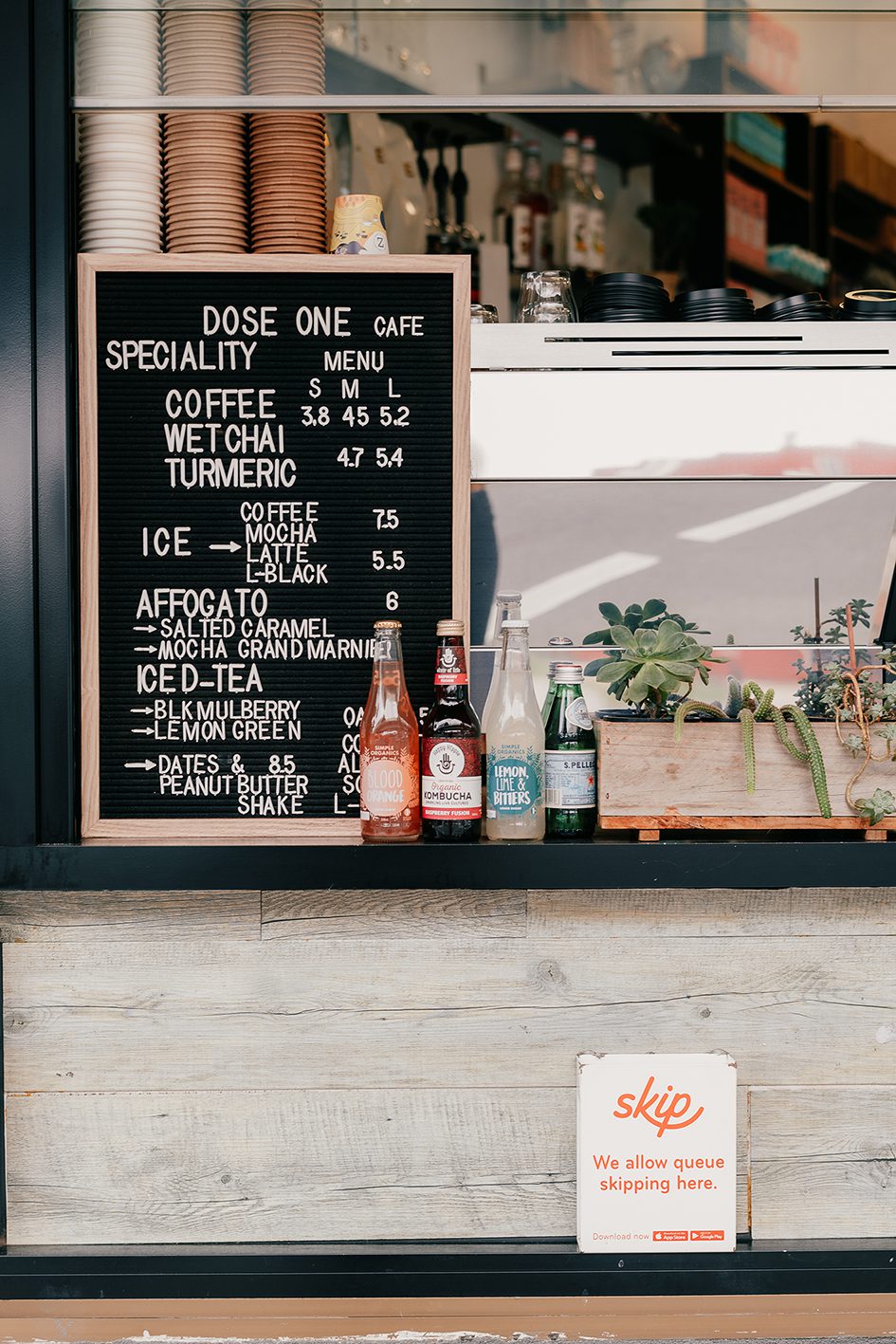
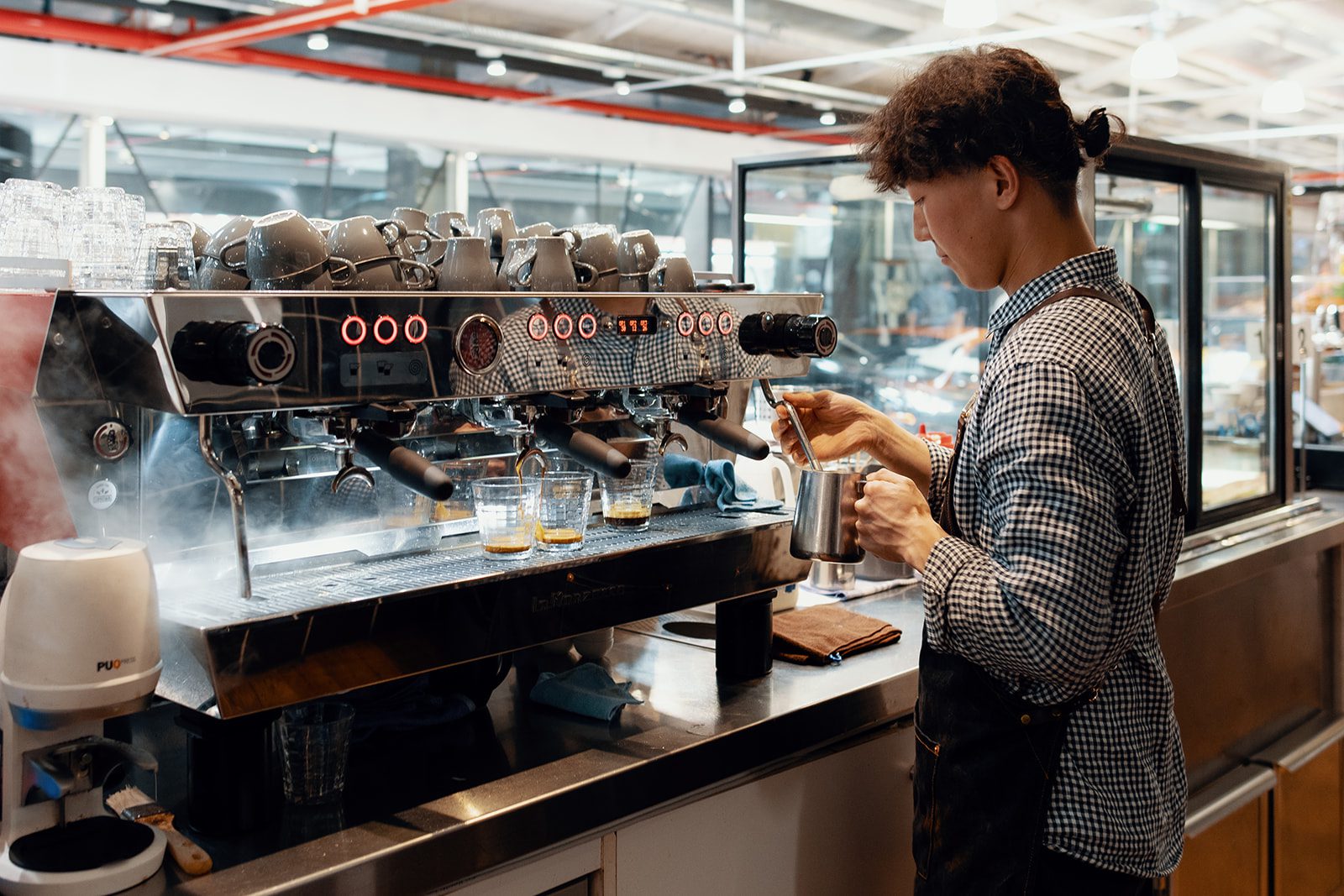

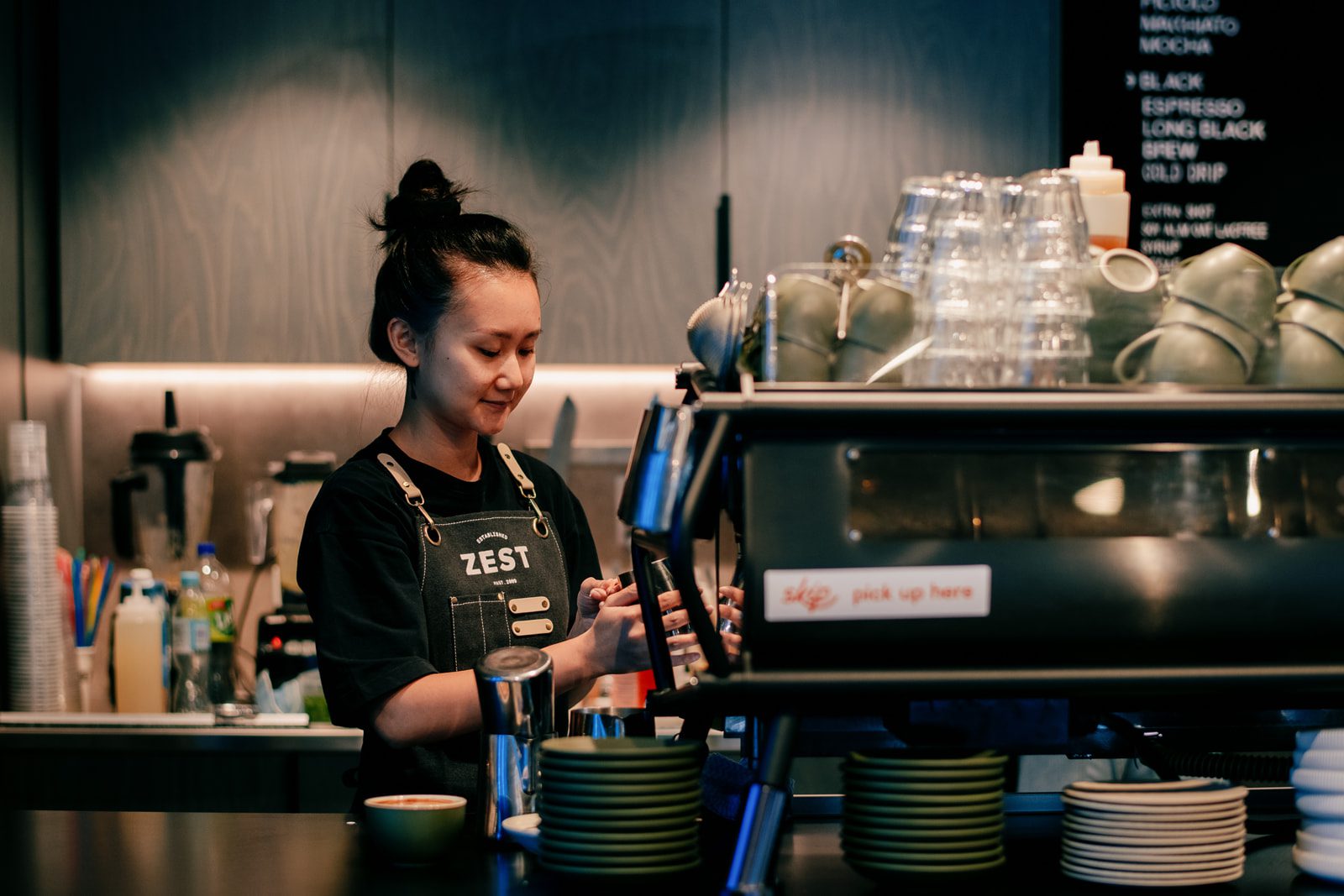

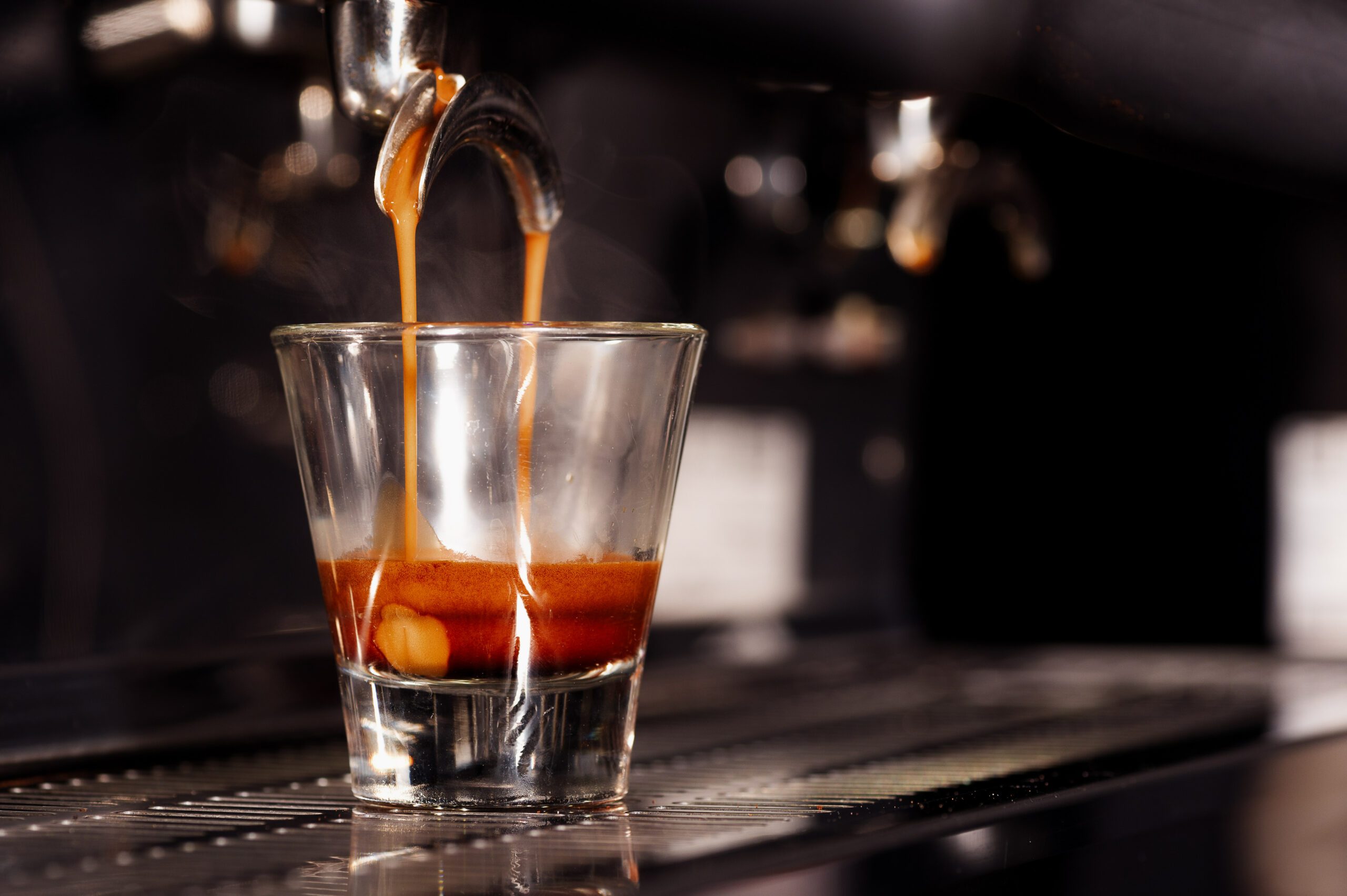
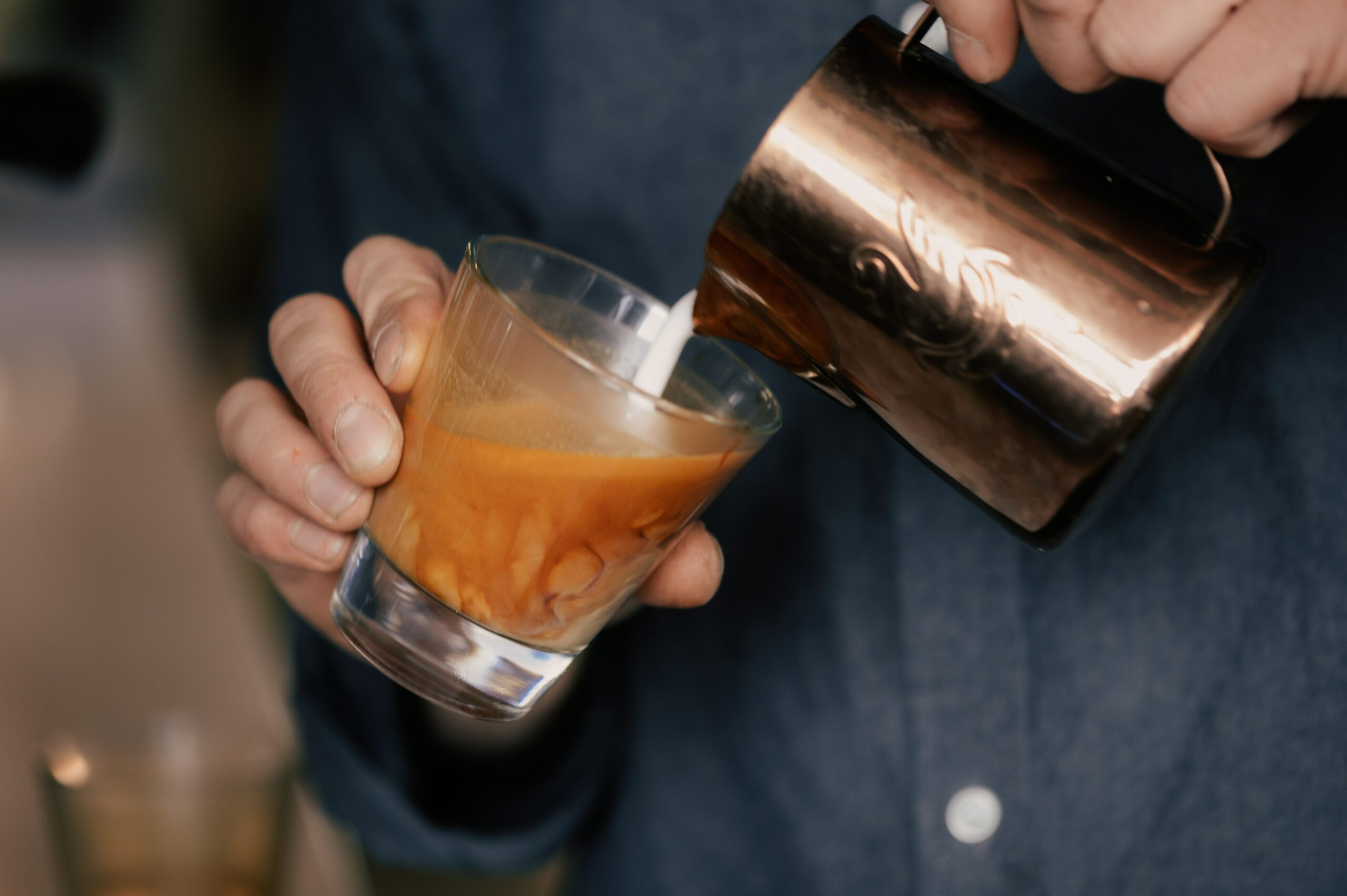
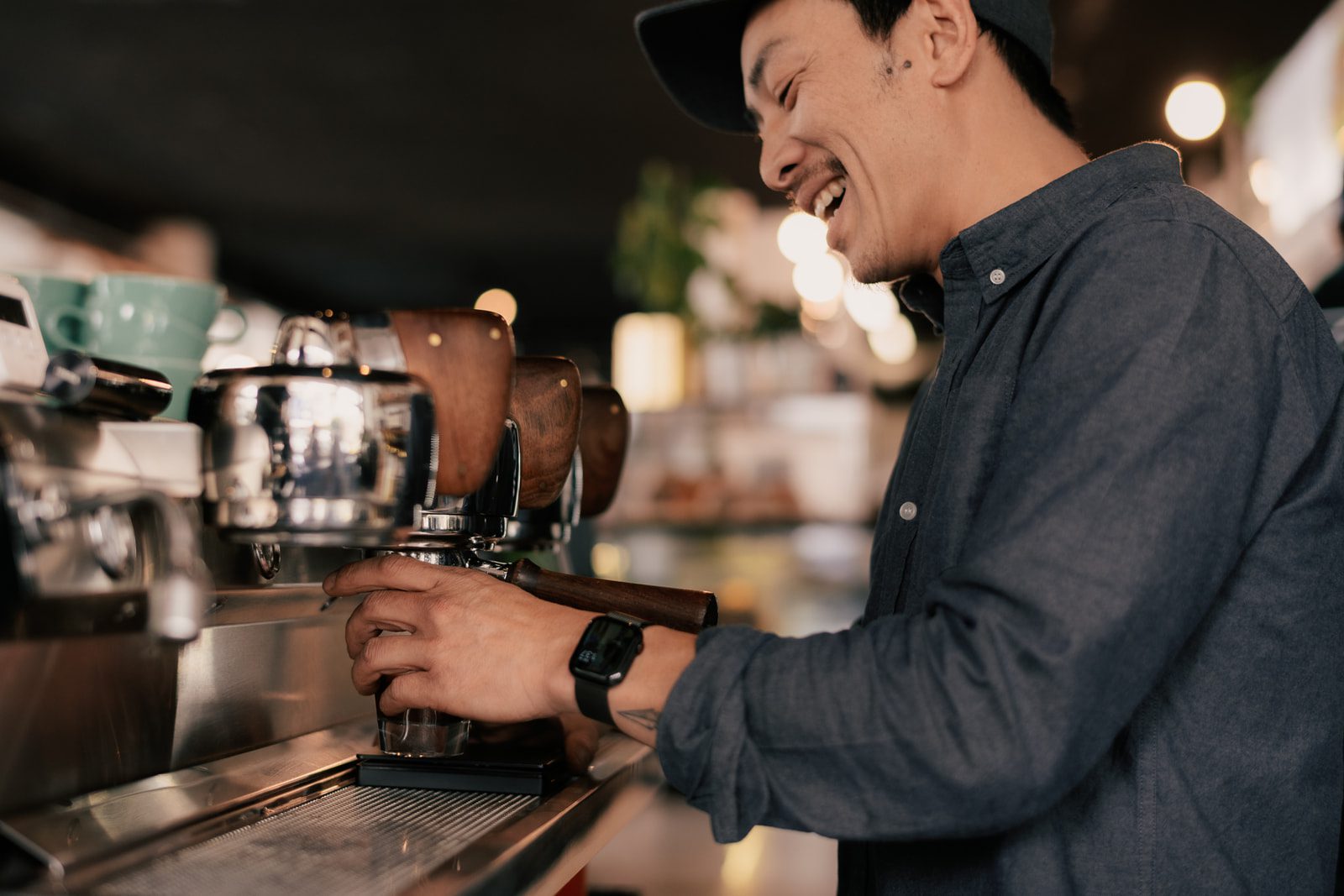

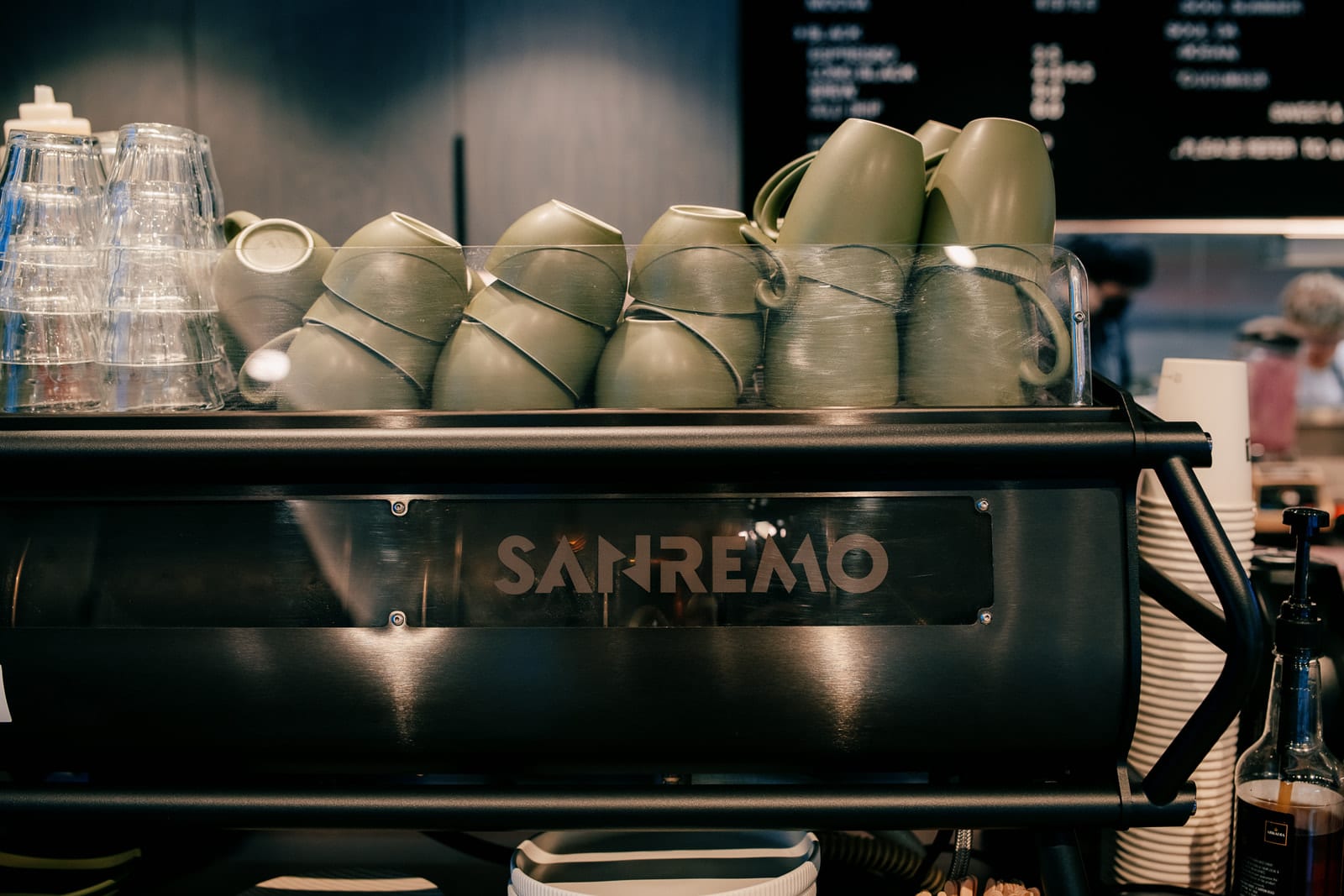

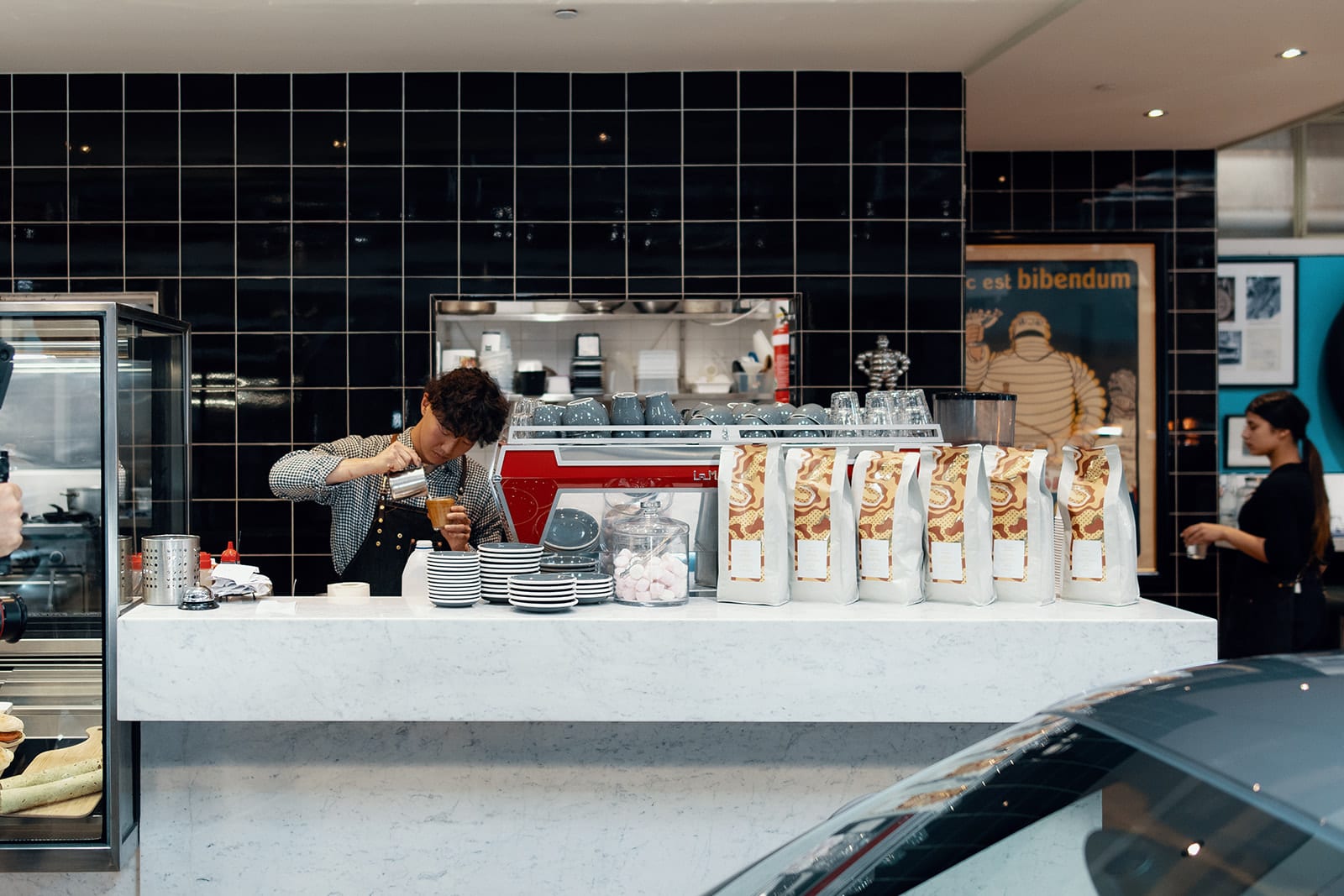

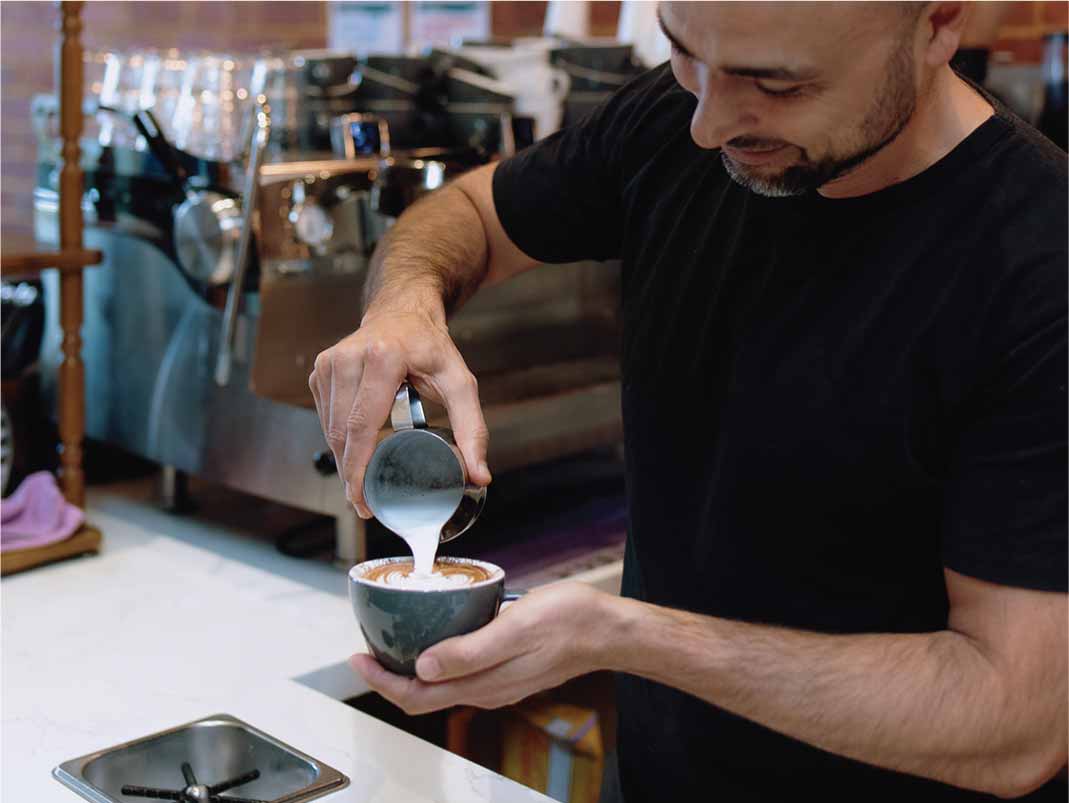
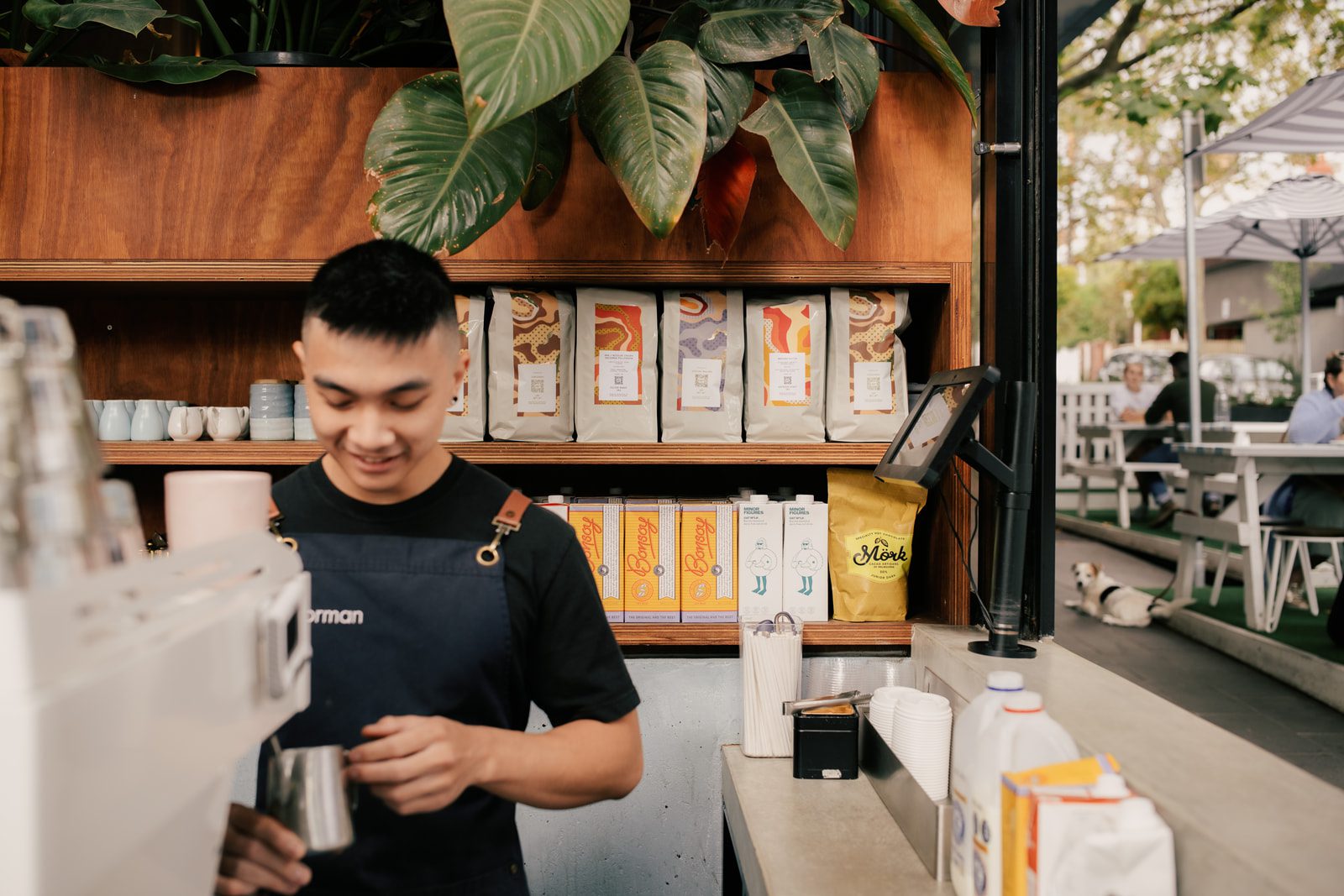
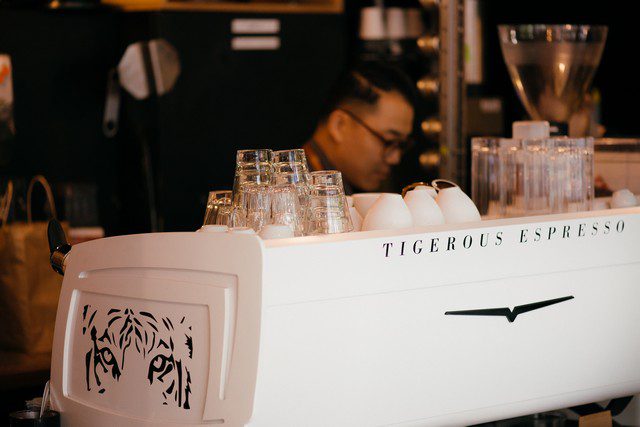

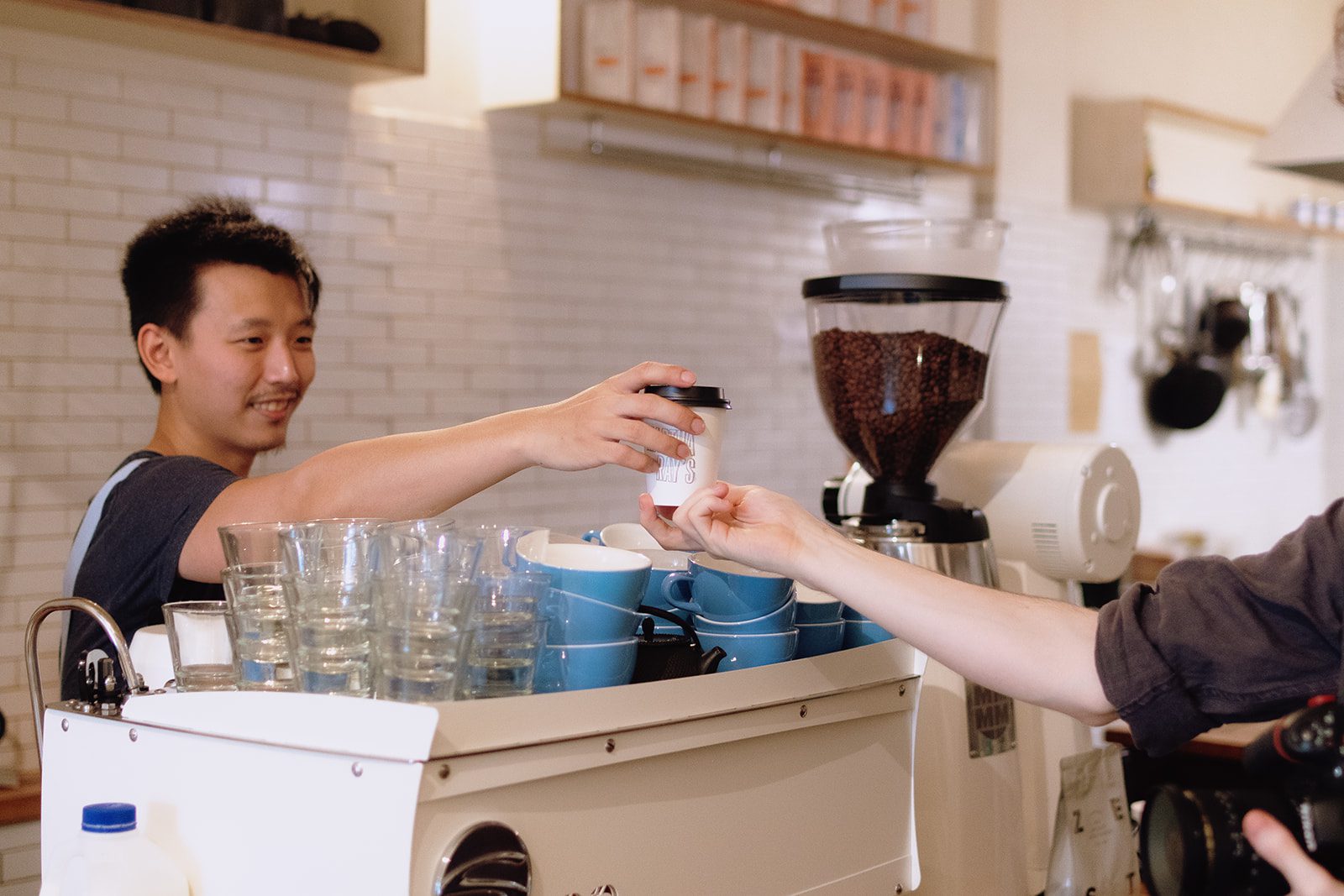

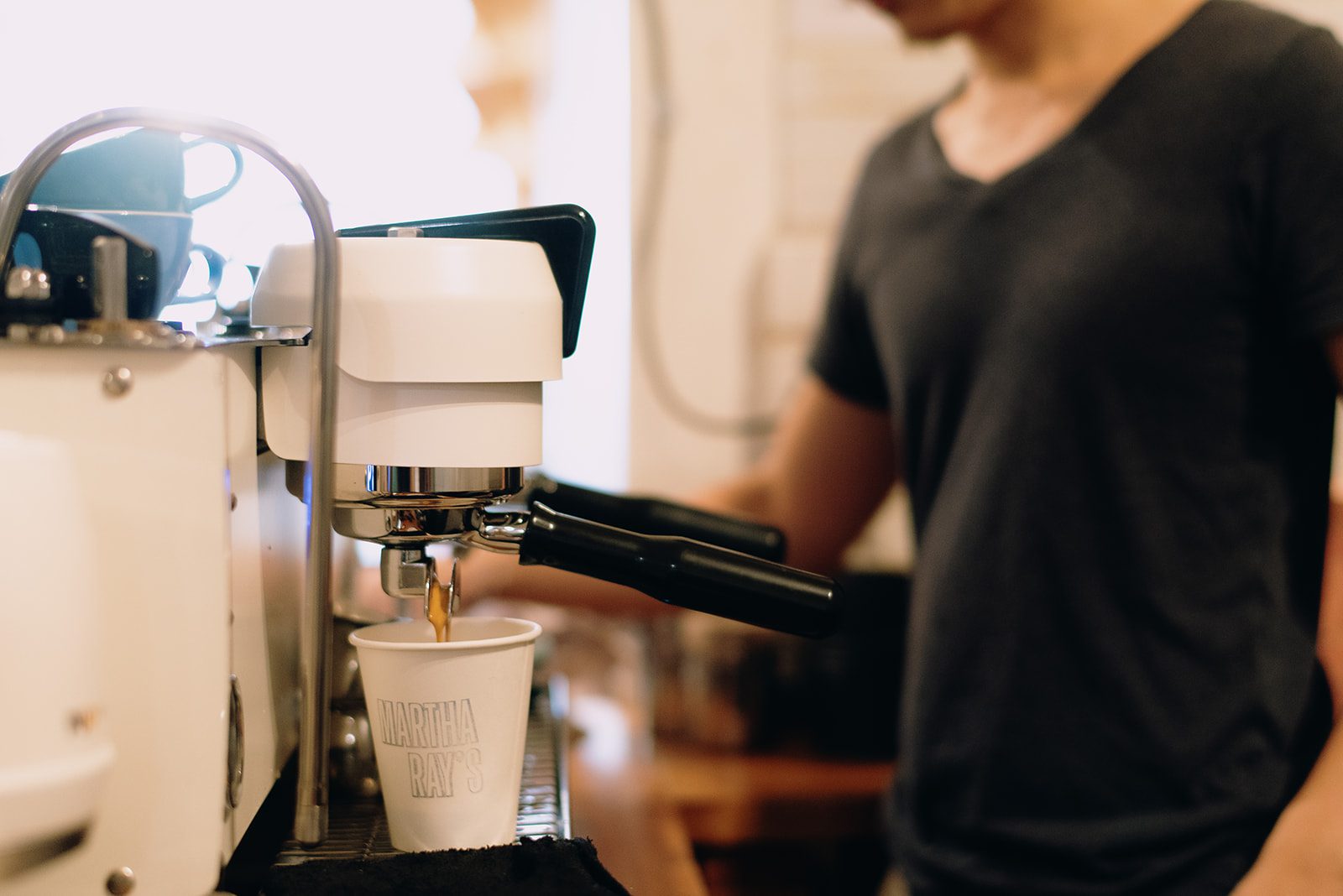
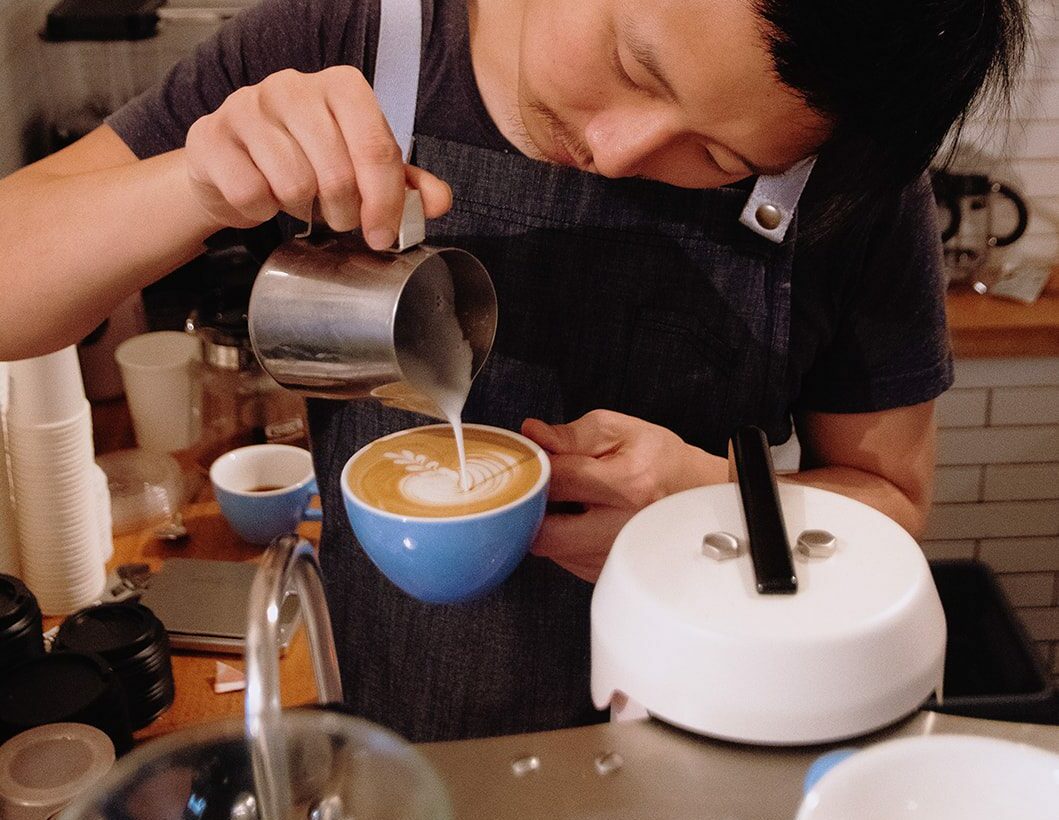
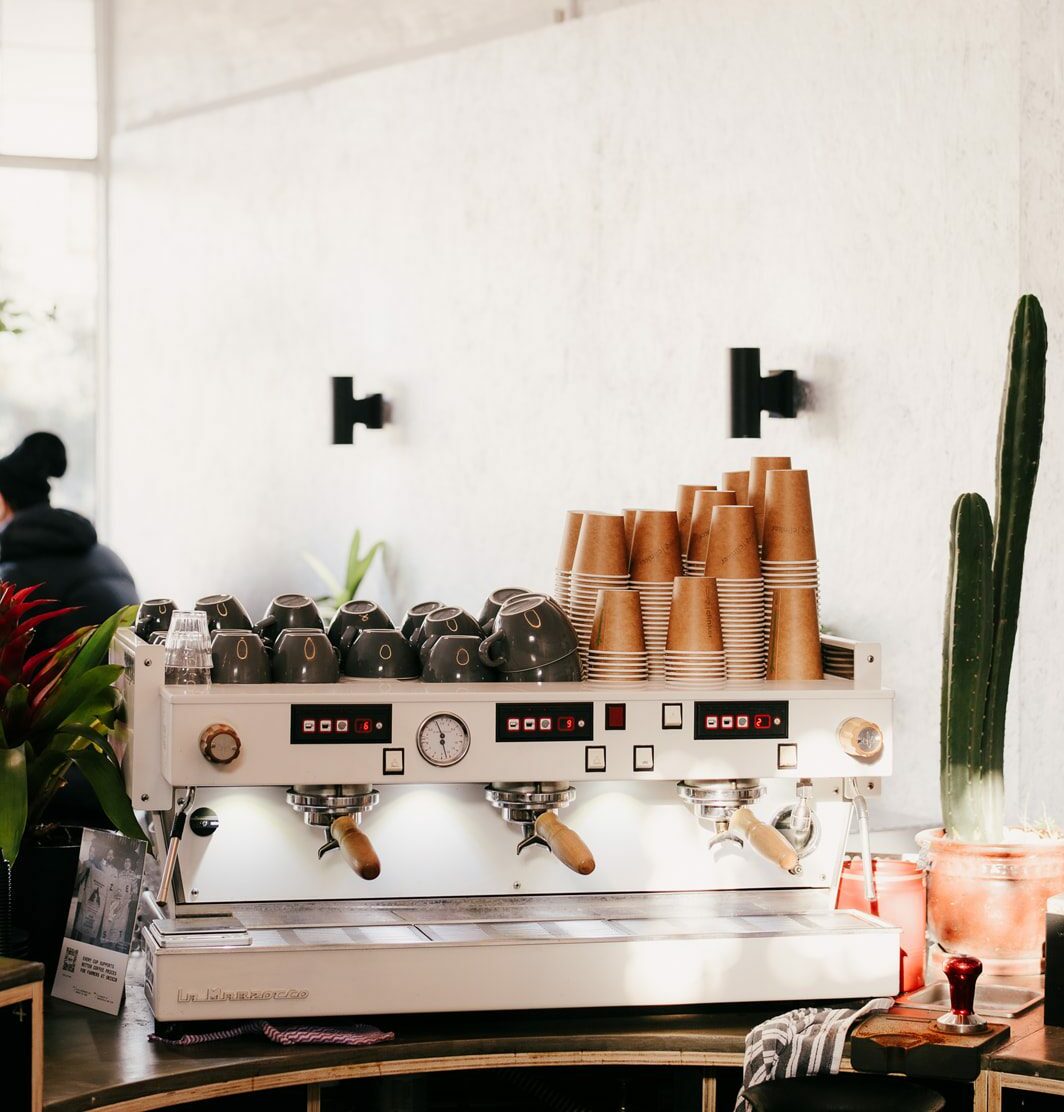

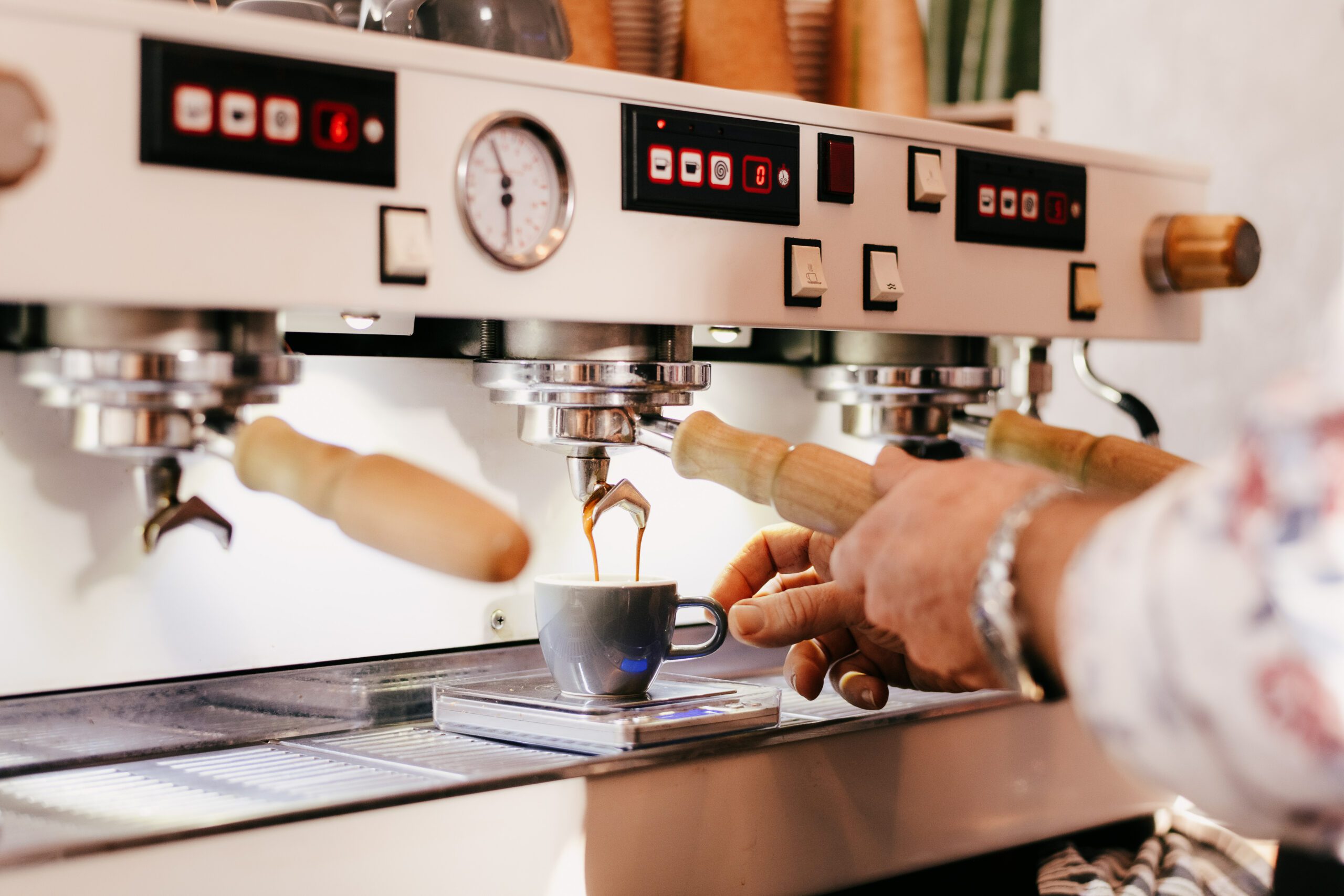
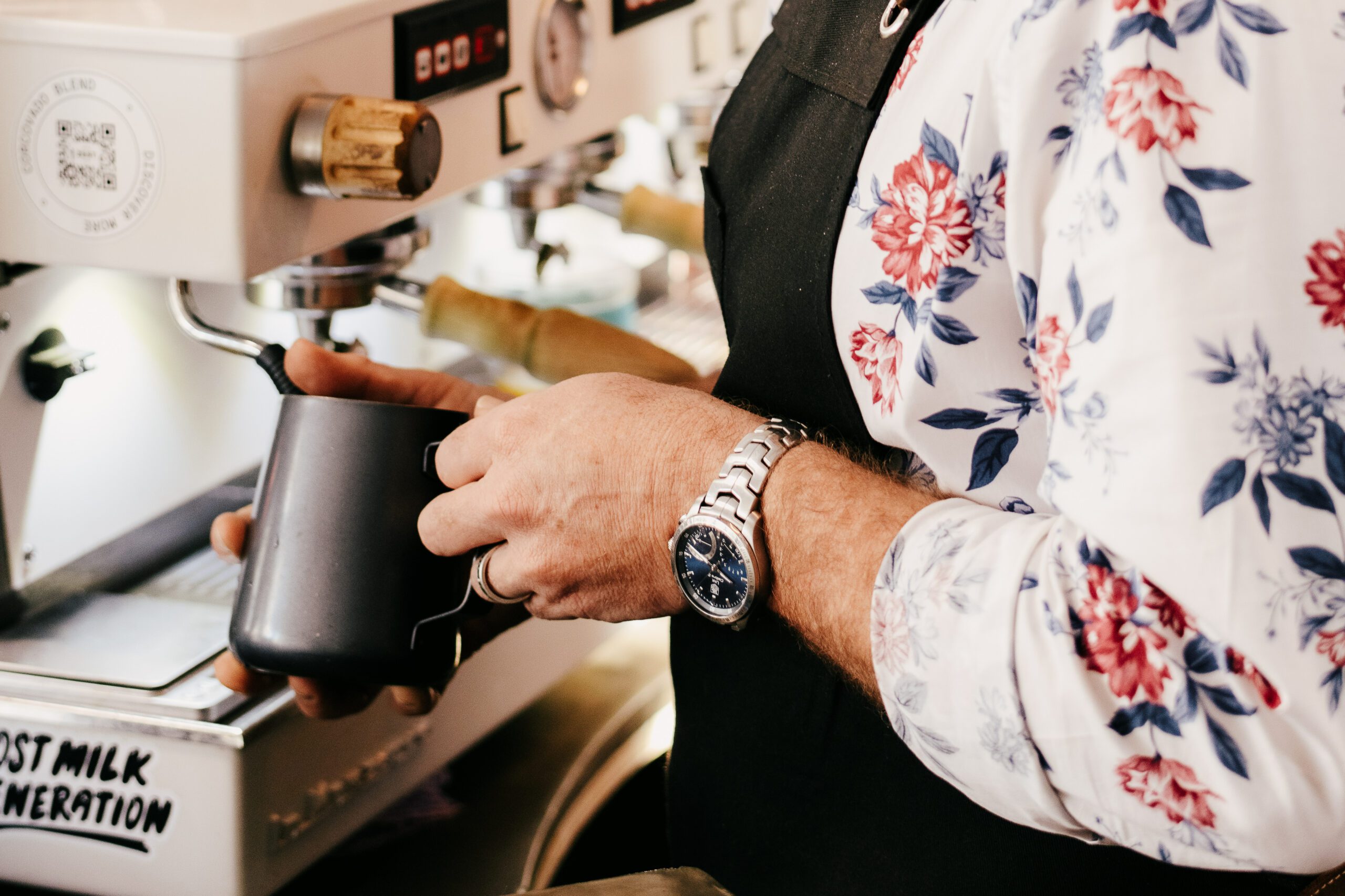
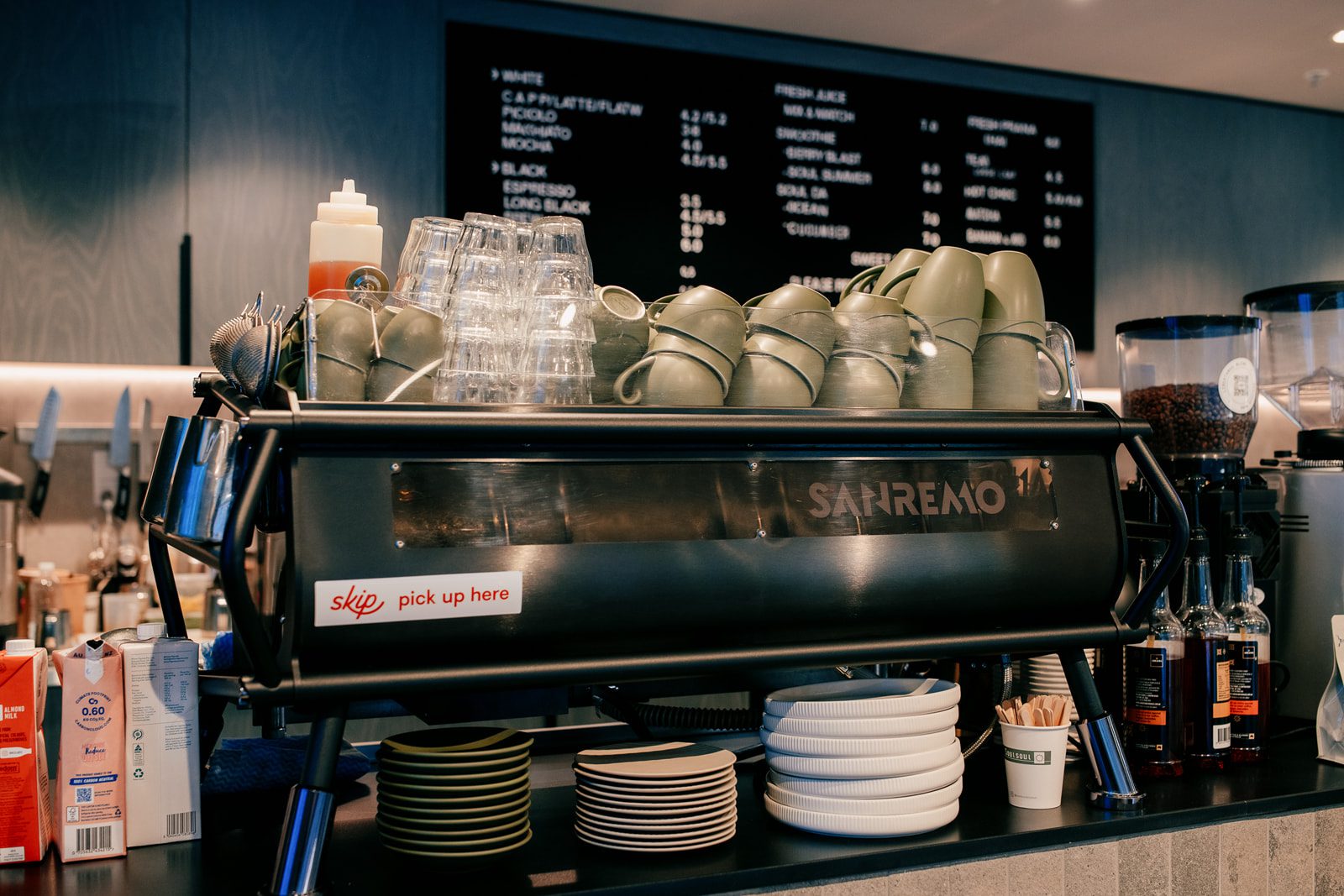

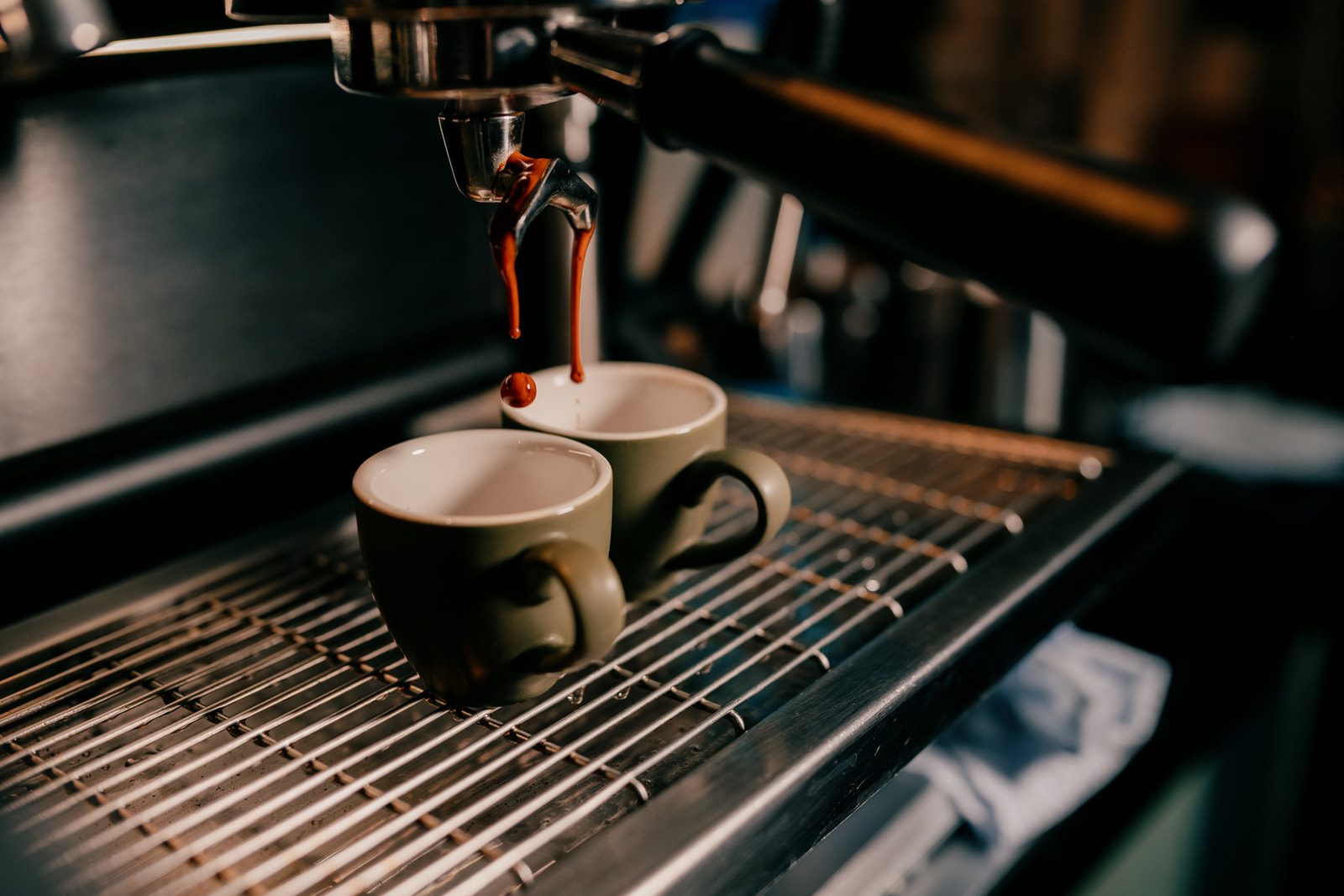
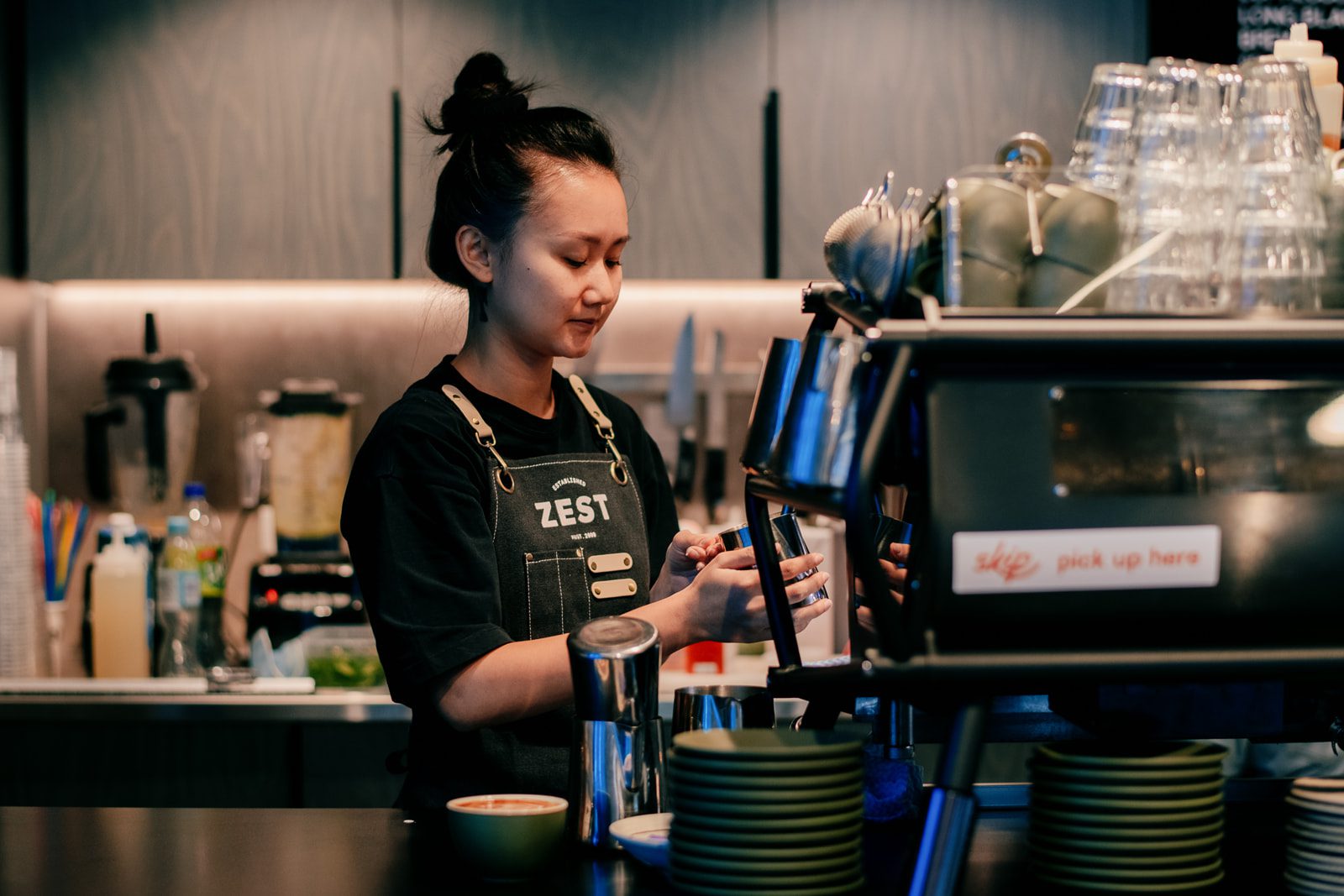
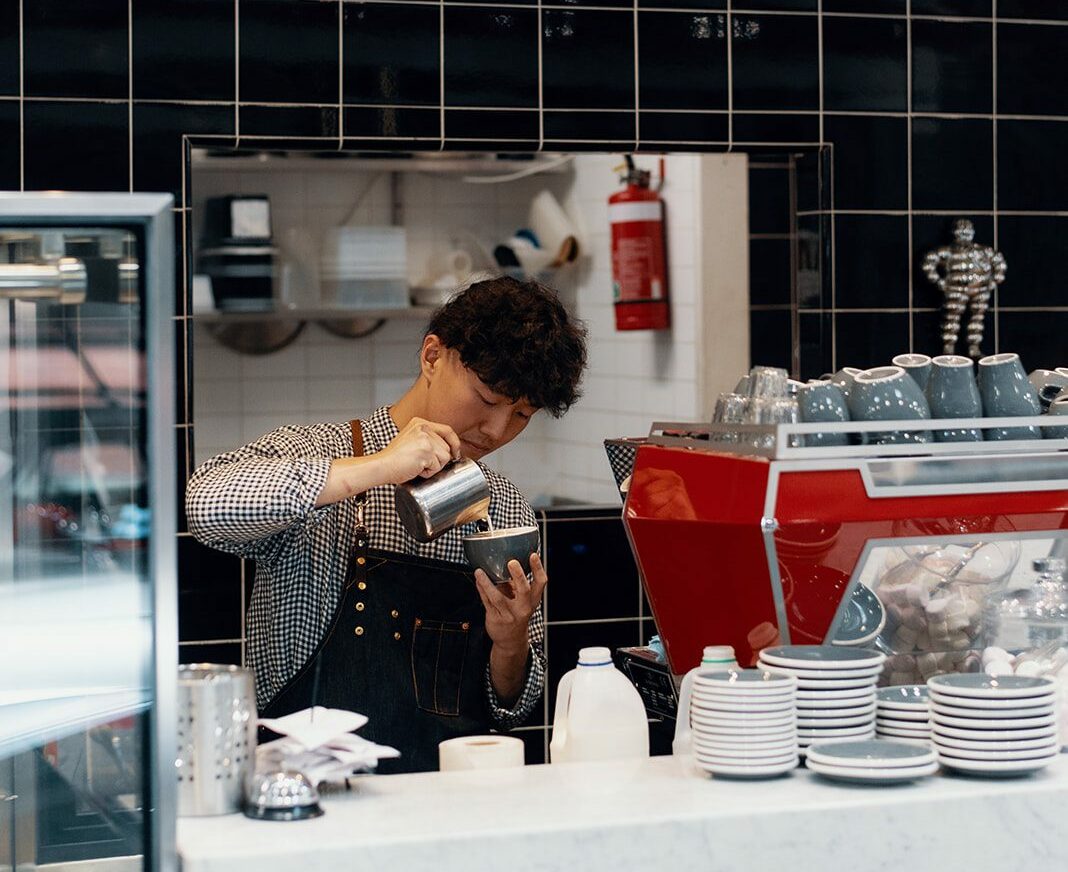

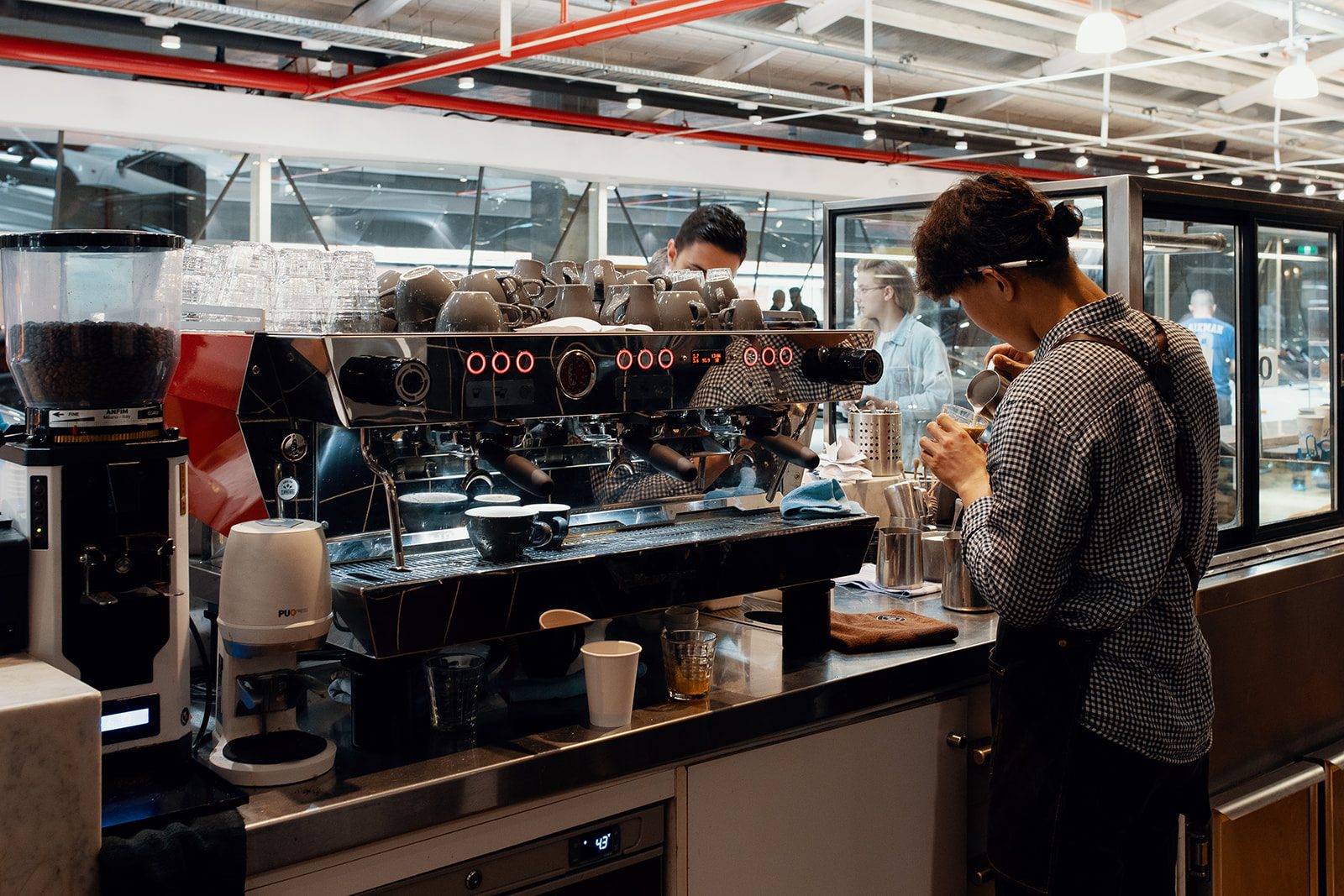
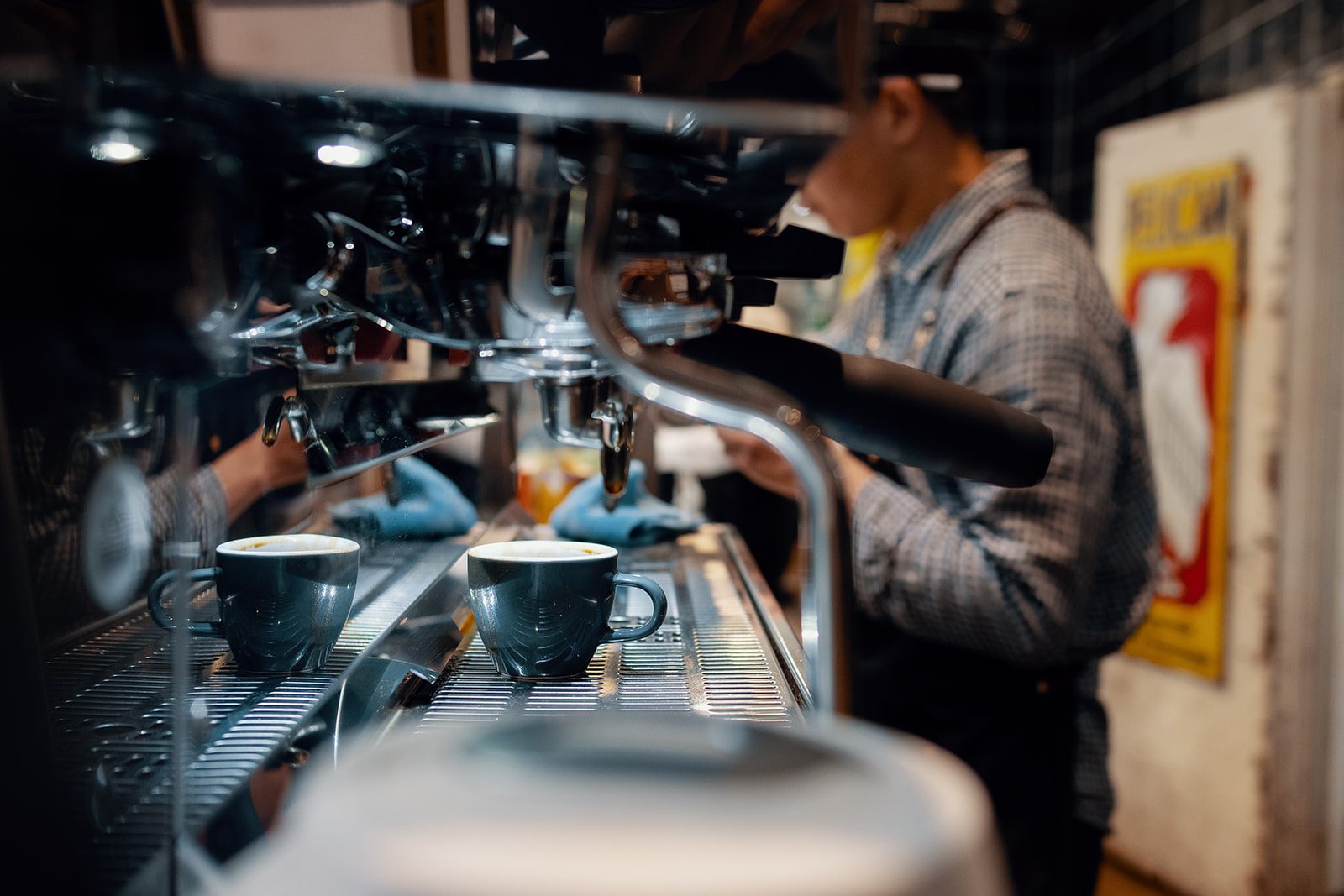
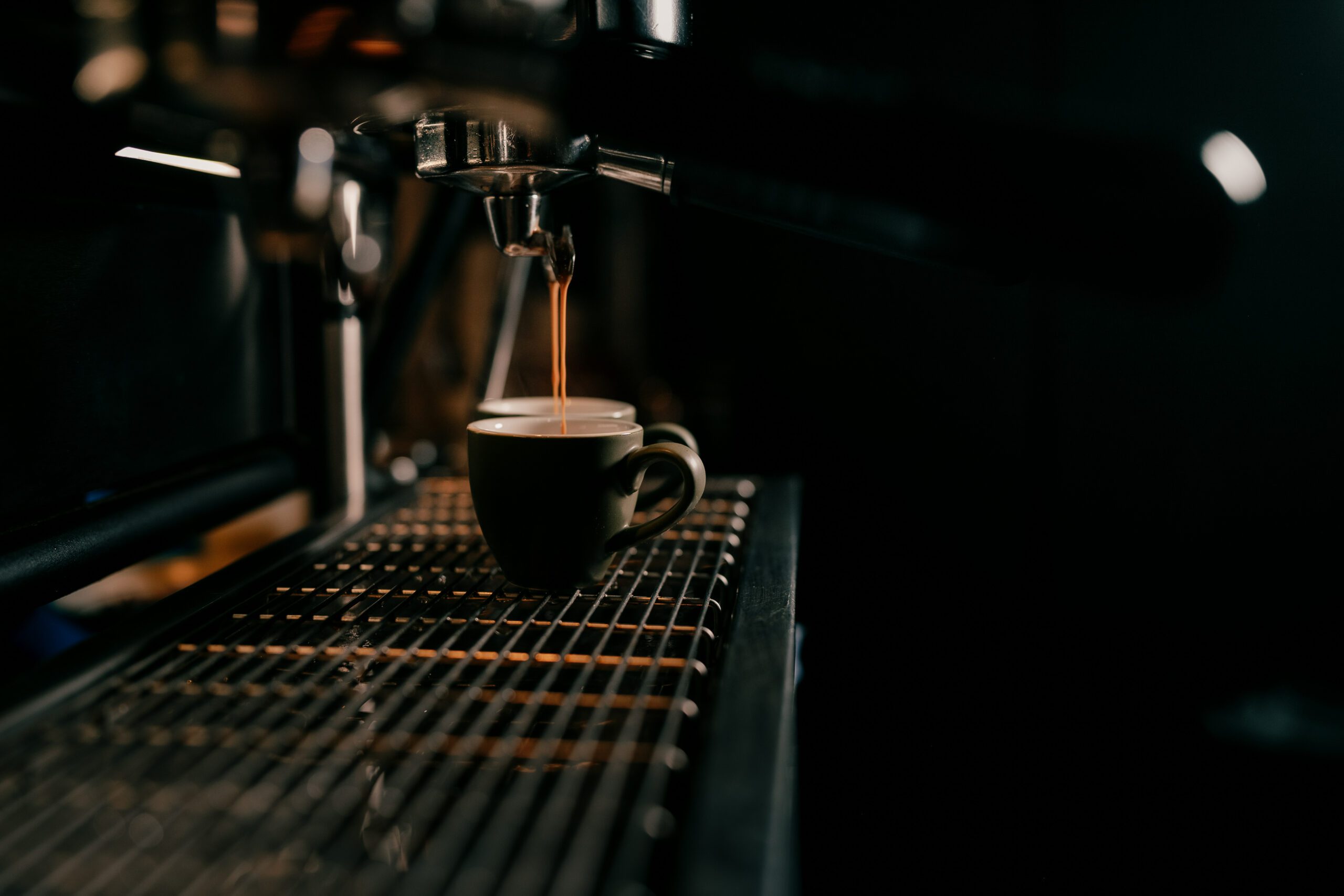

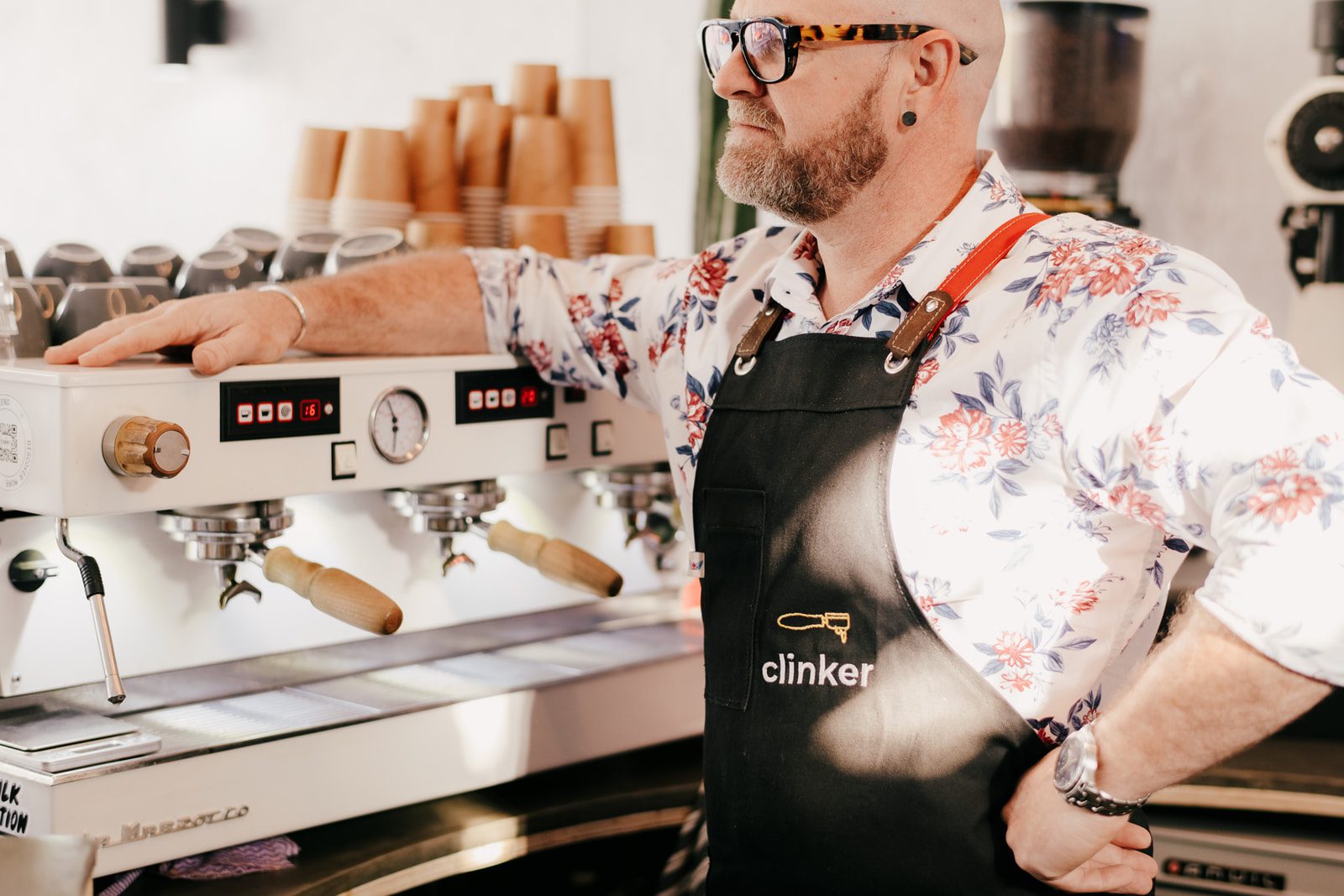

In Depth Guide to the Best Commercial Coffee Machines (Plus How to Choose One)














Deciding on an espresso machine is no easy job. It’s a huge investment regardless of what you end up choosing.
We’ve spent countless hours in the shoes of café owners, so we know the struggles they face when it comes to choosing a commercial coffee machine that suits their needs and — more importantly — their budget.
Not everyone can afford the latest and greatest, but this guide can help café owners balance features with price so that they can get one step closer to choosing the best commercial coffee machine for their café.
But before we get into our recommendations, we need to cover a few fundamental concepts about how commercial coffee machines work so that you have a better idea of what you’re investing in when you decide to purchase your machine.
How does a coffee machine work?
We’ve all seen them sitting on a benchtop looking pretty: buttons glowing, body shining and steam wand strongly positioned to whip up a jug of silky milk.
One push of a button and all your dreams come true.
Although, that’s not all that happens; there’s a lot that takes place within espresso machines before your coffee needs are met. In short, water travels from the water source to the boiler and then to the group head while steam is generated in the boiler to supply the steam wand.
When deciding to buy an espresso machine, you’re really paying for how well this is done — plus a whole bunch of other neat features. It’s important to familiarise yourself with the parts of an espresso machine to ensure you make the best decision when it comes to crunch time.
The boiler
Inside all espresso machines, we find the essential component: the boiler. The boiler heats and stores pressurised water coming from the pump –though it doesn’t look particularly special (basically like a cylindrical copper tank), the boiler is the heaviest and arguably one of the most important parts of an espresso machine.
Most boilers function the same way: a level sensor allows water to pass through an inlet valve to fill the boiler to the right level where it is heated by electric elements and steam is generated.
When you decide to buy a commercial coffee machine, you’ll have a choice of choosing between a few different types of coffee machines: single, dual or multi boiler coffee machines. There are also machines that use a heat exchanger to heat the brewing water to the right temperature.
Brew temperature
When it comes to brewing consistently delicious coffee, maintaining temperature is crucially important. Our whole espresso recipe relies on the machine maintaining its temperature. The brew temperature of most commercial espresso machines generally sits between 90-96 degrees Celsius, but changes depending on the coffee blend, the roast degree and the desired flavour.
Generally speaking, brewing temperatures affect the rate of extraction: higher temperatures increase the solubility of coffee compounds, which increases the rate of extraction.
Higher rates of extraction often produce unfavourable flavour notes, especially if they are not done intentionally, so it’s important to keep this in mind when you compare coffee machines; make sure you find a machine that is consistent in temperature control so that you limit the chances of your coffee tasting…not so great.
In fact, a study done on the effect of temperature on individual compounds of coffee summarised the following: “increasing the temperature doesn’t just increase extraction, but also changes the proportion of the different compounds extracted. This means that changing the brew temperature will alter the taste balance, even if the total extraction is kept constant.”
What is a single boiler espresso machine?
A single boiler espresso machine has a single boiler that is used to store and pressurise water that is used for brewing espresso, steaming milk and serving hot water.
They are the best commercial coffee machines to buy if serving coffee isn’t your main focus and you intend on serving very low volumes of coffee. A single boiler espresso machine doesn’t quite fit the bill for cafes that rely on coffee sales as their main source of business.
The main reason for this is due to the limitations on capacity. A single boiler espresso machine relies on one boiler to generate steam for texturing milk, hot water for tea, and heated water for the group heads, so they often run into problems with temperature fluctuations and capacity issues during service.
The capacity limitations of a single boiler coffee machine are particularly noticeable in busier spells where things are ramping up. It is here where the boiler starts to struggle and the temperature of the water passing through the group head drops. This can result in us serving under-extracted coffee and the steam wands no longer working – the height of frustration for a busy barista.
This is why we feel that dual or multi boiler machines are the best commercial coffee machines for busy cafes.
What is a heat exchange espresso machine?
Most single boiler espresso machines use heat exchange technology. A heat exchanger coffee machine has a single boiler with a rod or coiled pipe that runs through it. The rod is used to deliver water to the grouphead. The water in the rod is heated by the hot water surrounding it in the boiler. The temperature of the rod is controlled by a pressurestat which controls the heating element in the boiler.
When espresso is pulled, cold water makes its way to the heat exchanger and will heat up as the hot water from pulling a shot exits the grouphead. While a heat exchanger coffee machine can deliver the basics, the displacement of cold water entering reduces the heat in the heat exchanger, resulting in gradual inconsistencies in temperature as shots get pulled.
Heat exchanger espresso machines are a great restaurant coffee machine, or if your budget is very tight. They often struggle with higher volumes, which is why they work well in low volume scenarios, like homes, restaurants or smaller cafes.
What is a dual boiler coffee machine?
A dual boiler coffee machine has two boilers in one machine. One boiler is dedicated to generating steam for milk texturing and supplying hot water for tea and other beverages like long blacks. The other is dedicated to supplying water to the group heads at the perfect temperature to ensure espresso is extracted well. Having two boilers allows for greater control, resulting in more consistency.
To allow for even more control, most manufacturers have introduced proportional-integral-derivative-controllers (PIDs) to control heating elements and keep water in the boilers at a consistent temperature. The PIDs are connected to the heating element and temperature probe inside the boiler. In comparison to traditional mechanical thermostats or pressure stats, PID’s are the most precise technology available to ensure consistent brew temperature.
The biggest benefit of a dual boiler coffee machine is its ability to handle high volumes whilst maintaining temperature stability. Customers like consistency and providing that requires stability, so having a machine with reliable temperature is a huge asset.
Dual boiler coffee machines are the most common type in most cafes serving good coffee. If your business is going to rely on your espresso machine for most of its sales, we strongly recommend you invest in a dual boiler espresso machine.
What is a multi boiler coffee machine?
Multi boiler espresso machines are similar to dual boiler coffee machines, but the biggest difference is the added benefit of being able to control the temperature of each individual grouphead.
The advantage of having a multi boiler espresso machine is that it allows you to offer options to your customers. You can set the temperature of each individual grouphead, so if you have a coffee that prefers a lower temperature, you can serve it without having to compromise on its preferred recipe.
What is a saturated group head?
A saturated group head is a group head that is surrounded by water from the boiler. Instead of being a completely separate component, the group head acts as an extension of the coffee boiler, resulting in consistency from when water first makes its way to the grouphead to when the last bits of espresso are extracted.
What are the best commercial coffee machines?
Because we want the best for our wholesale coffee partners, we only recommend the best commercial coffee machine brands.
We know that there are obviously other options, but these are some of the top coffee machines that we — and plenty of cafe owners — have trusted to carry their café over the years.
La Marzocco Linea Classic
Cost: $12,950 – $15,350. (2 group – 3 group)
The Classic is a top coffee machine that is loved and trusted by almost everyone that has worked in a cafe. It is a popular entry-level machine that has marked the start of a journey in coffee for many cafe owners and baristas.
We love it because it offers all the essential features, such as dual boilers, saturated group heads and PID controllers, which help guarantee consistent brewing temperatures. Shots are controlled from a touchpad with programmable volumetrics, making the user interface incredibly user-friendly.
Even though it is on the more affordable side, every aspect of the machine is made with significant focus on quality, which is why we think it is one of the best commercial coffee machines. Beloved engineer, designer and master craftsman of La Marzocco espresso machines Piero Bambi puts it this way: “You can learn the technique, but passion is cultivated through dedication, love, pride and respect in your work.”
Some would argue that it has been the best budget coffee machine for a long time. Being made in Italy by one of the best coffee machine brands in the industry means that this machine is built with a firm focus on reliability and excellence, which is why it is loved by so many people.
We feel that it shares a couple traits (although a lot better looking) with the Toyota: it is reliable, drives well and can guarantee you’ll get from A to B for a long time. The Classic is very popular, so parts are readily available, day-to-day maintenance is easy and servicing affordable.
Being on the more affordable side of the listed options does mean that you miss out on a few key features, but fortunately this isn’t a huge issue for most café owners.
On a practical note, due to their popularity, second-hand options are also a lot easier to find, making them a bit more affordable, especially with the release of the newer Linea Classic S which sports a whole lot of new and upgraded features including shot timers and an app for easy programming.
Victoria Arduino Eagle One
Cost: $15,900 – $17,950. (2 group – 3 group)
The Eagle One is an entry level machine in Victoria Arduino’s popular and reliable range of espresso machines. It has a clear and unique purpose: make great equipment accessible and sustainable.
How is this achieved? Simple: reduce waste. The whole design is best summarised by James Hoffmann’s words: “A machine should have everything you need to serve great coffee and kind of nothing more.” This means that the focus of the machine is on delivering all of the essentials as efficiently as possible.
It has a 7lt steam boiler and a 0.1lt high performance coffee boiler. Shots are controlled by a beautiful and high tech touch pad integrated into each group head.
Carbon emissions from power consumption are minimised through the use of new materials and the unique design of the machine. The patented Temperature Energy Recovery System uses discharged water to pre-heat incoming water, resulting in an 8% saving on power consumption.
Even though it is a small commercial coffee machine, design has not been sacrificed. The design of the machine is simple, yet true to the elegant nature of Victoria Arduino. Panels are relatively easy to remove and replace, allowing you to customise the machine and match the theme of your café without having to break the bank.
Given its reliability and features, we think it offers excellent value for money and definitely earns its place as being one of the best commercial coffee machines. Its automatic flushing features also offer workflow productivity incentives too, making it quite a nifty machine for its price point.
Synesso S Series
Cost: $15,200 – $18,900 (2 group – 3 group)
If you haven’t heard of Synesso, here’s a quick two word introduction: ‘engineered perfection’.
Much like the story of Microsoft, Synesso produced its first machine in the garage of its owner, Mark Barnett. It was their desire to create and answer a need for temperature stable, long-life, premium commercial espresso machines.
With its independent brew boilers which guaranteed consistent temperature, digital shot timers, volumetrics and cool touch steam wands, baristas and coffee professionals have shown a strong appreciation for the S Series, earning their machine the much deserved reputation for being the best commercial espresso machine amongst many other of its close equals.
The S Series is Synesso’s entry level machine. It is also the little brother of the high performing MVP Hydra. Making use of excellent technology, one of the main advantages of this machine is how compact it is – It is a small commercial coffee machine that is an incredibly good option for those looking to ramp up engagement with customers in limited space.
It is worth noting that the S Series has paddle type group heads, which some people might not like, but we think that the combination of the paddles and intuitive volumetric controls make the whole process of preparing beverages ergonomically efficient and easy. Even the steam wands are paddle controlled doing away with the old style knobs.
La Marzocco Linea PB
Cost: $17,600 – $20,850 (2 group – 3 group)
The Linea PB is popular for its widely recognised round red-outlined illuminated buttons. This machine has a user-friendly interface and software that gives baristas direct control over functional components of the machine, such as boiler temperature, brewing volume, hot water tap dose, auto-back flush and more.
While this machine may not look as sleek and modern as others, we have to say that in terms of ease of operation, coffee quality, and reliability, this machine is a champion.
Like all La Marzocco machines, this machine offers the essentials; dual boilers, saturated groups, and dual PIDs controlling both steam and brew temperature. It takes it up a notch by offering insulated boilers that ensure consistent brewing temperatures.
La Marzocco is a trusted manufacturer amongst commercial coffee machine brands. We have visited the La Marzocco factory in Florence and we couldn’t help but be impressed by the high level of workmanship, componentry and quality that goes into these machines.
They have won the hearts of many in the specialty coffee industry and have rightfully earned their reputation as one of the best commercial coffee machine brands in Australia.
Similar to the Linea classic, the popularity and access to parts makes them incredibly easy to service and maintain, making the Linea PB a very good option for café owners who run a busy operation.
San Remo Cafe Racer
Cost: $18,850 – $23,650 (2 group – 3 group)
With looks inspired by real racing motorcycles, the Café Racer is a machine that certainly turns heads with its amazing design and aesthetics. It is a beautiful piece ofgear that is highly customisable too.
Its appeal to baristas doesn’t stop with its good looks: it is a high-performance unit delivering consistency thanks to its excellent control systems and the multi-boiler system with four points of PID control. It also offers pre-infusion and group temperature regulation giving the barista amazing control over the shot.
The Racer’s unique group head digital display system gives the barista visibility of all theimportant extraction parameters. The technology of San Remo’s equipment is outstanding and gives so much freedom to the passionate and savvy barista looking to get more out of their coffee.
As much as we love progressive tech, we are hesitant to recommend it to café owners that are focused only on volume. High end coffee machines with high tech equipment require good local technical support, so it’s important to make sure you have someone readily available in the event that anything goes wrong.
Slayer Steam EP
Cost: $19,450 – $23,950 (2 group – 3 group)
The Slayer Steam EP is an improved take on traditional machines, taking all the positives from older Slayer machines and modernising them. Features like an improved user interface and tweaks in the functionality ensure an improved user experience for baristas.
The Steam incorporates top level features to ensure the highest standard and consistency of coffee production, including individual brew boilers with PID controllers for temperature stability and easy-to-use push button volumetrics across the group heads.
Other significant features of the Slayer Steam are its large drip tray, easy stick-lever steam wand control, and its low-profile design, which allows baristas to easily speak with guests — although we should mention that the lack of cool touch steam wands is slightly confusing, given the focus is to encourage engagement with customers.
Bonus mentions
La Marzocco KB90 ABR
Cost: $25,200 – $29,400 (2 group – 3 group)
Is this the ultimate espresso machine? For efficiency and quality beverage production in high volume cafes with professional baristas, it’s up there with the best!
High end coffee machines come at a price — a pretty hefty one too — and that’s why you’ll only find it in the best cafes in Melbourne: anyone using it means serious business.
The KB90 is the ultimate evolution of the Linea PB, designed specifically to increase speed of service in the highest volume cafes while making it easier for the barista due to its improved workflow.
La Marzocco has completely redesigned the portafilter system to improve workflow and to reduce the wrist strain for the user. The straight-in portafilter simplifies the motions required to engage the portafilter and reduces strain on the barista by 12 times, creating even greater performance and everyday usability.
Innovative ‘Steam Flush’ technology also helps improve workflow: after each extraction, a burst of steam from the grouphead is followed by a flush of hot water, keeping the machine clean during busy periods.
The KB90 allows for a new level of expression in coffee machine design with its highly customisable panels that have been engineered to allow for virtually infinite customisation.
ModBar
Another innovative design where the espresso machine disappears completely! Instead, beautifully sculpted chrome group heads rise out of the counter top.
ModBar allows cafes to have the entire coffee preparation experience on display.From the moment the order is placed to the moment the coffee is served, everythingwill be totally visible to the customer.
With this innovation the question arises: is this design part sparking a revolution in how we do service in the specialty coffee industry?
There is definitely a place for this in the industry, but it comes at a significant cost; the ModBar is very expensive and hasn’t reached massive popularity yet with its unique concept. We think that patrons might actually miss the familiar sight of the espresso machine on the bench.
How to choose a coffee machine?
With all the latest technology that modern espresso machines offer, it’s pretty clear: not all espresso machines are created equally.
Knowing how to choose a coffee machine can be tricky, especially with all the new features. We’ve found that often the most important factor is finding a machine that meets your budget and makes flavoursome espresso consistently and at high volume.
If you are looking to compare coffee machines, here’s a checklist of critical things to consider before you buy your machine:
Size
Espresso machines come in 1, 2, 3 and even 4 group versions. We always recommend a three group commercial coffee machine to cafe owners as we feel they are the most efficient at coping with demand. However, if space or power is limited, a two group might be the only option.
Brew temperature consistency
Brew temperature should be at the forefront of your mind when you compare coffee machines. Having a machine that can deliver consistency at high volumes is a massive asset. We mentioned this earlier, but customers value consistency, so having a machine that offers consistency is a pivotal piece in securing regular business.
When evaluating your options, check to see whether the machine has a dual or multi boiler. Check for other features like saturated group heads and PID temperature control.
User friendliness
You need to ensure that you and your baristas are comfortable with the user interface and features of the machine so that it compliments and improves their workflow – not the opposite.
Some café coffee machines are very high-tech and are packed with heaps of complex technology. These features are great for those looking for something a little extra, but can often be superfluous to the needs of the café, and can even overwhelm the barista.
We recommend that the owner familiarises themselves and their staff with all the equipment before making a decision to buy coffee machines for café use.
Choosing between push button and paddle control espresso machines
Most machines use standard touchpad or push button controls to start, stop and control the volume of your extraction. However, some machines use paddle controls instead.
Both offer their own set advantages and disadvantages, but we’ve found that choosing between the two isn’t always so straightforward; it all comes down to personal preference and what you and your baristas are comfortable with.
Cafe coffee machines need to suit the barista. Some baristas love the fast and easy touch pad while others think the control, precision and artisan feel of the paddle options are better. The most important thing to keep in mind is that you have to find what works for you.
Shot timers.
If you can afford it, try to choose a machine that has a clear, digital shot timer. Shot timers are not only helpful for delivering consistent espresso shots, they are also helpful for streamlining workflow and diagnosing issues you might be having with your machine, so having them is a huge advantage.
Dedicated scales.
Understanding the relationship between dose and yield is incredibly important to delivering delicious coffee, and having dedicated scales makes understanding this relationship even easier for the barista. While the price tag of higher end machines might scare you off, we truly believe that features like these make them a worthwhile option, especially if you are chasing excellence.
Budget.
We can’t overlook the big B. Having a budget helps us discern what is nice to have from what is essential. While we are sensitive to the budget, we also know that cutting corners on the espresso machine can prove to be incredibly costly; not only in maintenance, but in lost sales too.
An expensive coffee machine can pay off in the long run. Our advice is to view this as a long-term investment: you need to put your goals and customers at the forefront of your decision when you consider buying your espresso machine.
Aesthetics.
While looks aren’t crucial to the quality of espresso, they definitely play a role in selling your coffee. Having a customised machine on your bench will no doubt catch the attention of your customer and make them feel proud to be associated with your venue – and it’ll also make a statement to your competitors. It’s worthwhile allocating a bit of your budget to customising your machine if you can afford it.
What is the best way to purchase coffee equipment?
You have a few options when considering how to purchase your dream machine: rent, buy or lease.
Buy
Café owners wanting to make a real statement often like to buy their own machines and even customise them to stand out from the crowd. The downside is what it means for your asset column when you’re balancing your books. Espresso machines are like cars: they look pretty and perform a very important function, but at the end of the day, they’re a depreciating asset.
That said, from experience, we have found that the high quality, workhorse machines such as La Marzocco retain their value very well and are always in demand should you decide to upgrade and sell after a few years.
A little piece of advice: if you have put in the hard yards or have partnered with someone who has capital available, buying a machine is a great option, especially while the government’s instant asset write off is in place.
When you buy an espresso machine, you are also responsible for servicing it. This can be quite costly as your wholesale coffee roaster often offers more favourable pricing when it comes to maintenance.
Rent
Many cafe owners opt to rent a coffee machine. Financial institutions such as SilverChef or Buddy Capital offer excellent commercial coffee machine rental options, so it’s worth considering this option if you want to rent a coffee machine.
This agreement will function the same as any essential debit order, but the difference when you choose to rent a coffee machine through a financial institution is that you have the flexibility to cancel or downgrade if you are unable to afford your machine. With this option, you can also choose to upgrade if you need something a little extra to help you keep up with the demand.
Lease
Another option is to lease a machine from a finance company. Leasing will often offer lower interest rates than renting, but it is less flexible.
One of the options is to enter into a chattel mortgage agreement with a bank of your choice; this allows you to pay your machine over three years with no residual, and by the end of the term, the machine is yours to keep!
Free on Loan
If you’ve worked in the coffee industry for more than a minute, you would have heard of the term ‘free on loan’ coffee equipment.
This is a model where the wholesale coffee supplier provides a free commercial coffee machine with coffee purchase, based on the volume of coffee you order.
This isn’t technically “free”: it is a model that sees the café owner pay for this luxury in their coffee price. While this option might seem great, it’s important to know that the equipment provided isn’t always new, but is often secondhand or reconditioned. These machines are very seldom customised to meet your actual needs and wants.
If you are considering this option, be aware of its pitfalls. Unfortunately, coffee companies may try to tie you into quite demanding and legally binding contracts with punitive outcomes if you need to exit the deal for any reason.
Our heart is to see the coffee industry thriving, so our advice is to make sure you are aware of everything before you choose a free on loan coffee machine deal. At Zest Coffee we have no contracts, but will set a minimum volume of coffee required to justify free on loan equipment, below which a reasonable rent kicks in.
Crunch time.
Now that you’ve considered your options, it’s time to make a decision. Our baristas and coffee professionals love a good chat about espresso machines, so get in touch with us if you are struggling to decide which machine to choose.
We would be glad to guide you through all your options, whilst also taking some much needed time to show you the latest and greatest in the specialty coffee industry.